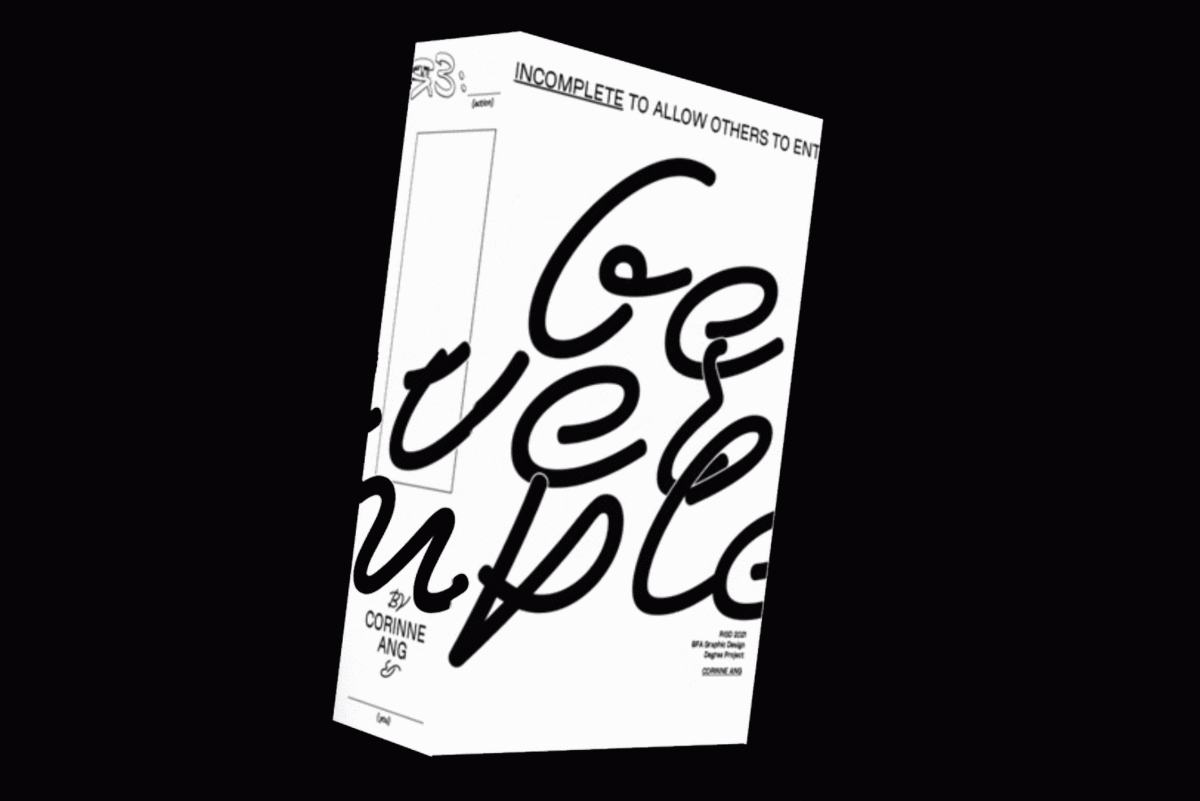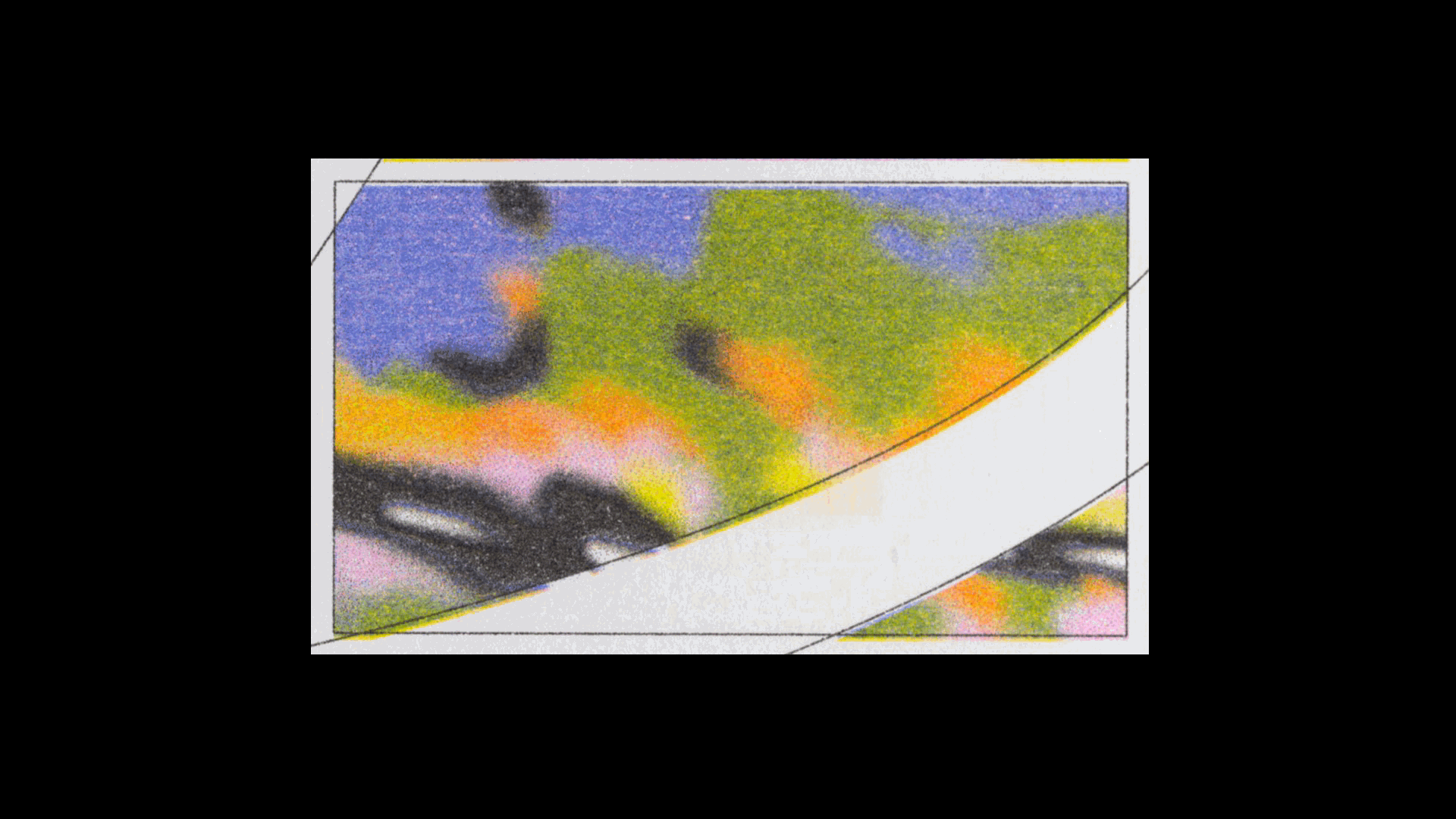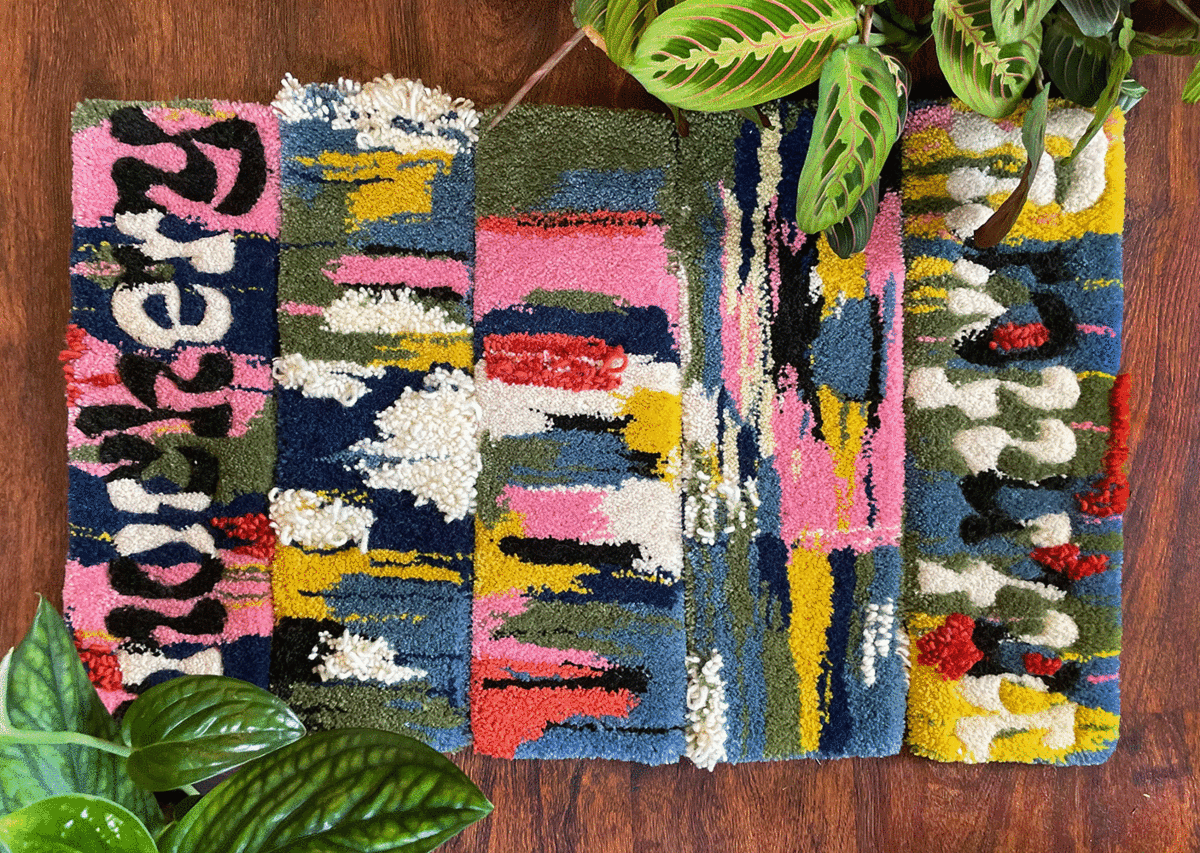FULL WORK INDEX
-
WORK TITLE FORM:
-
1: PBPOMFFLIPBOOK


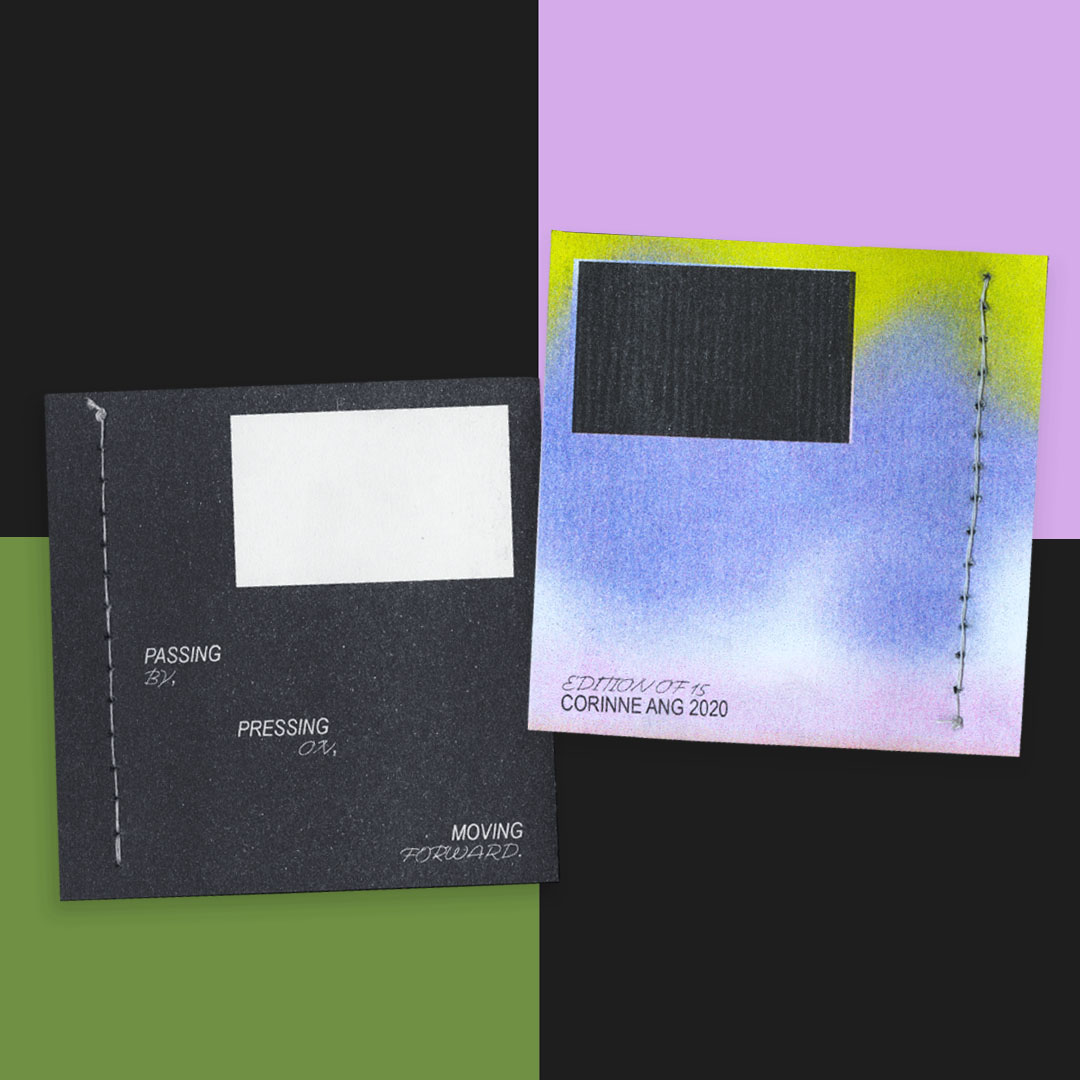
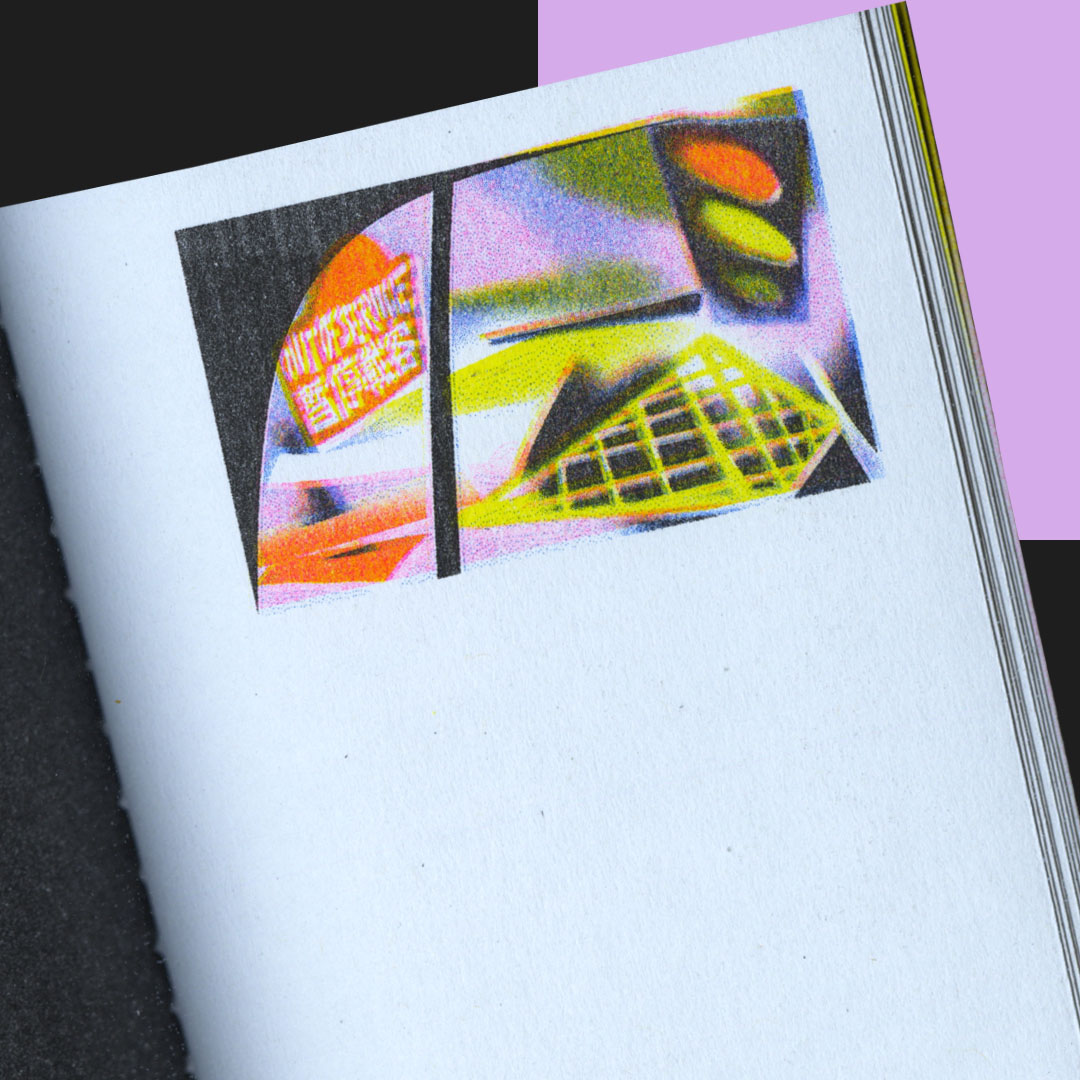
-
2: TRAILERVIDEO
-
3/4: GOING HOME TOGETHERPUBLICATION
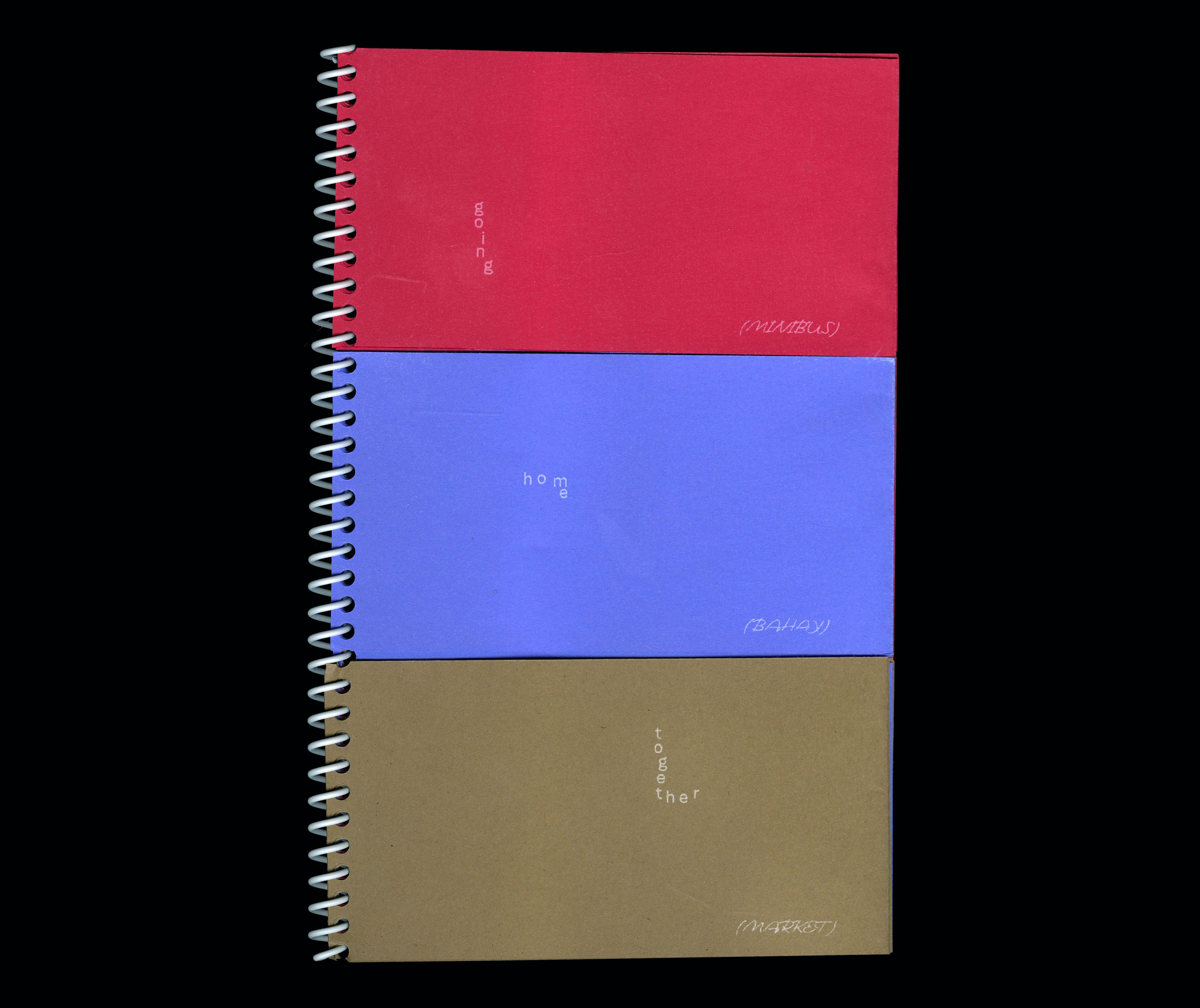
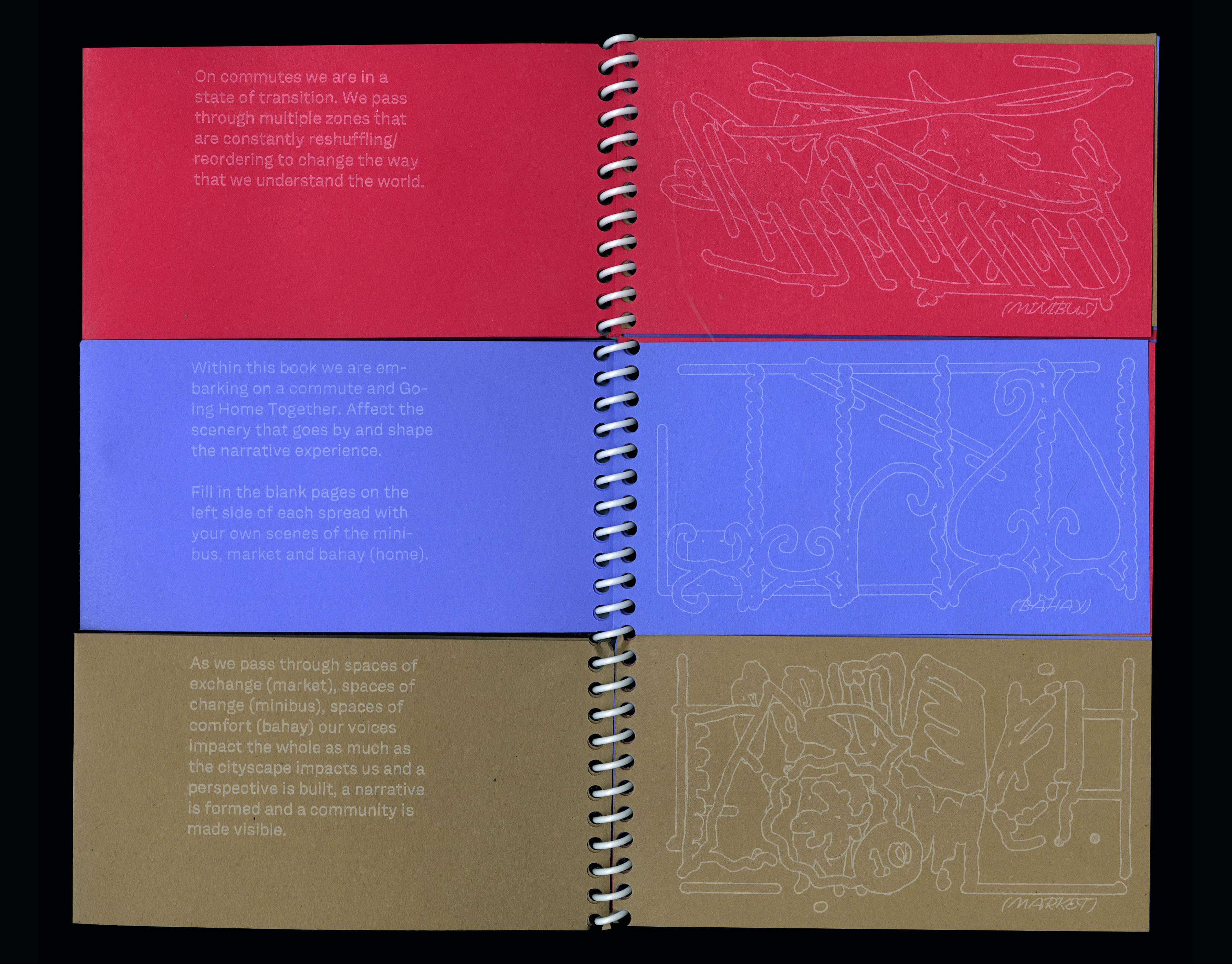

-
5/6: THIS AREA IS FOR REFLECTION, PRAYER & MEDITATIONWRITING, RESEARCH & INSTALLATION
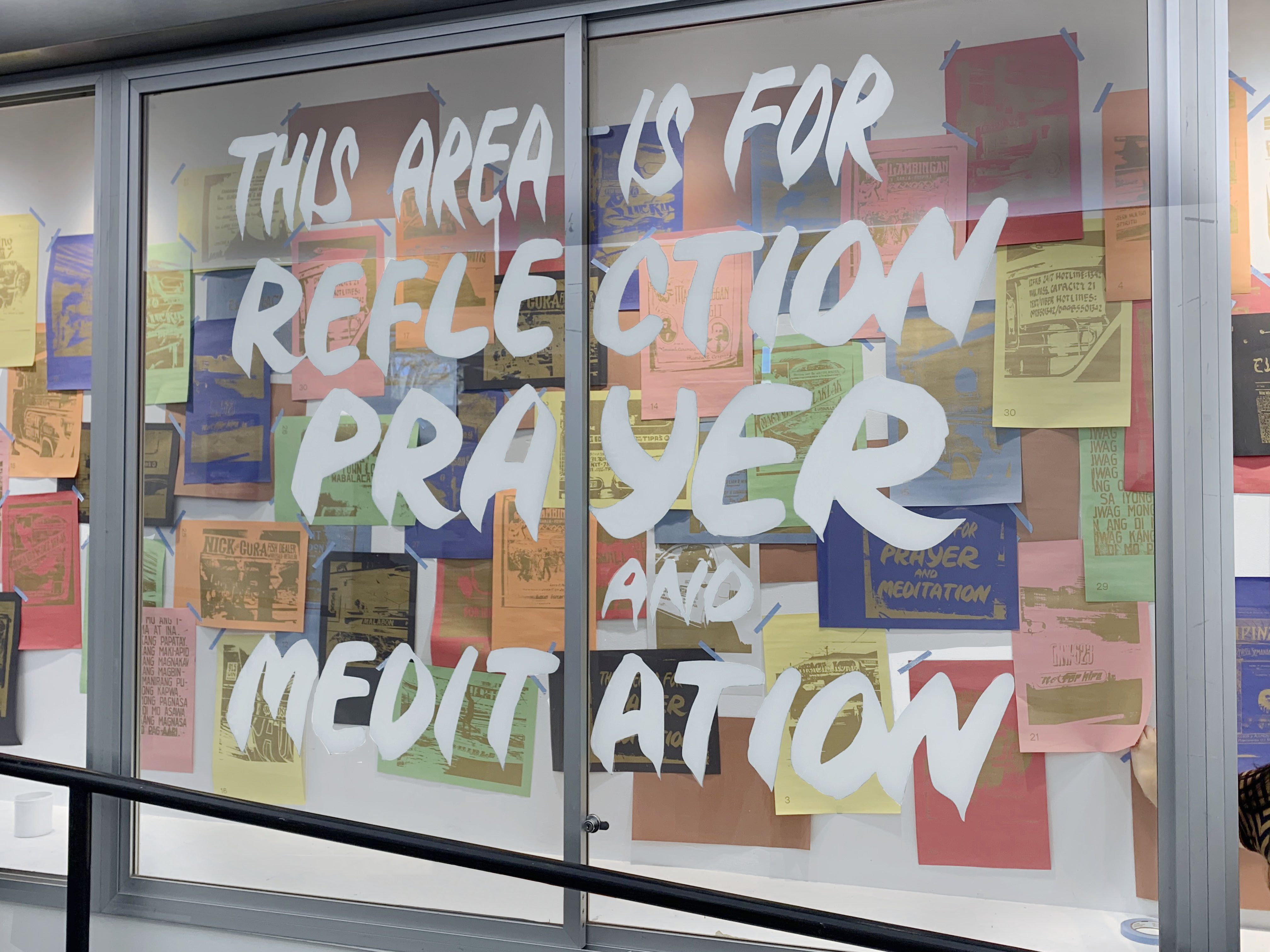
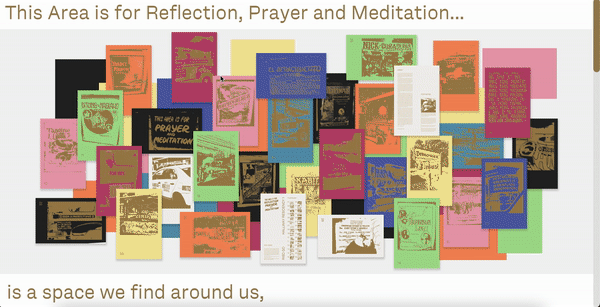

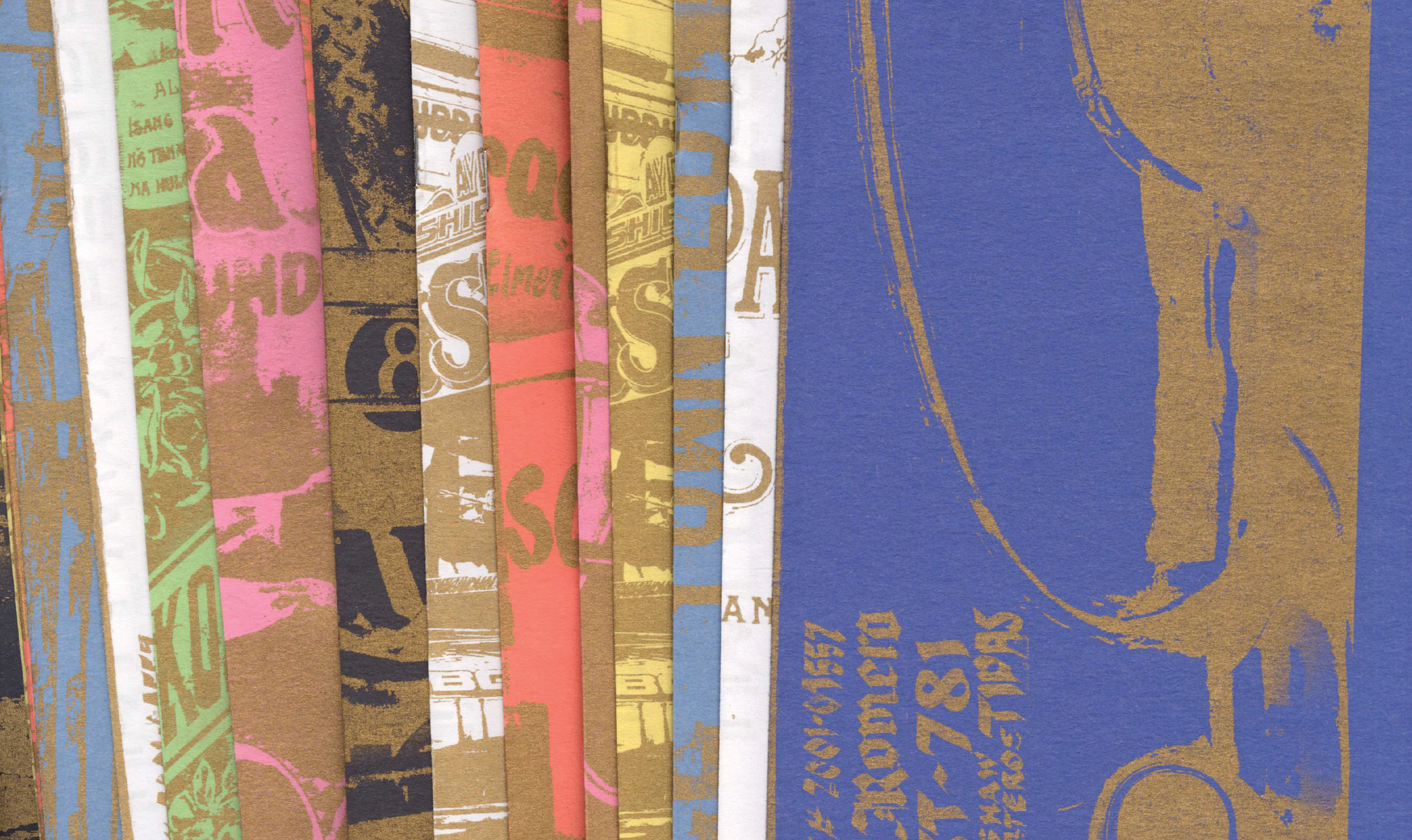
-
7: RE(ACT) COVERPART OF (WORK)BOOK

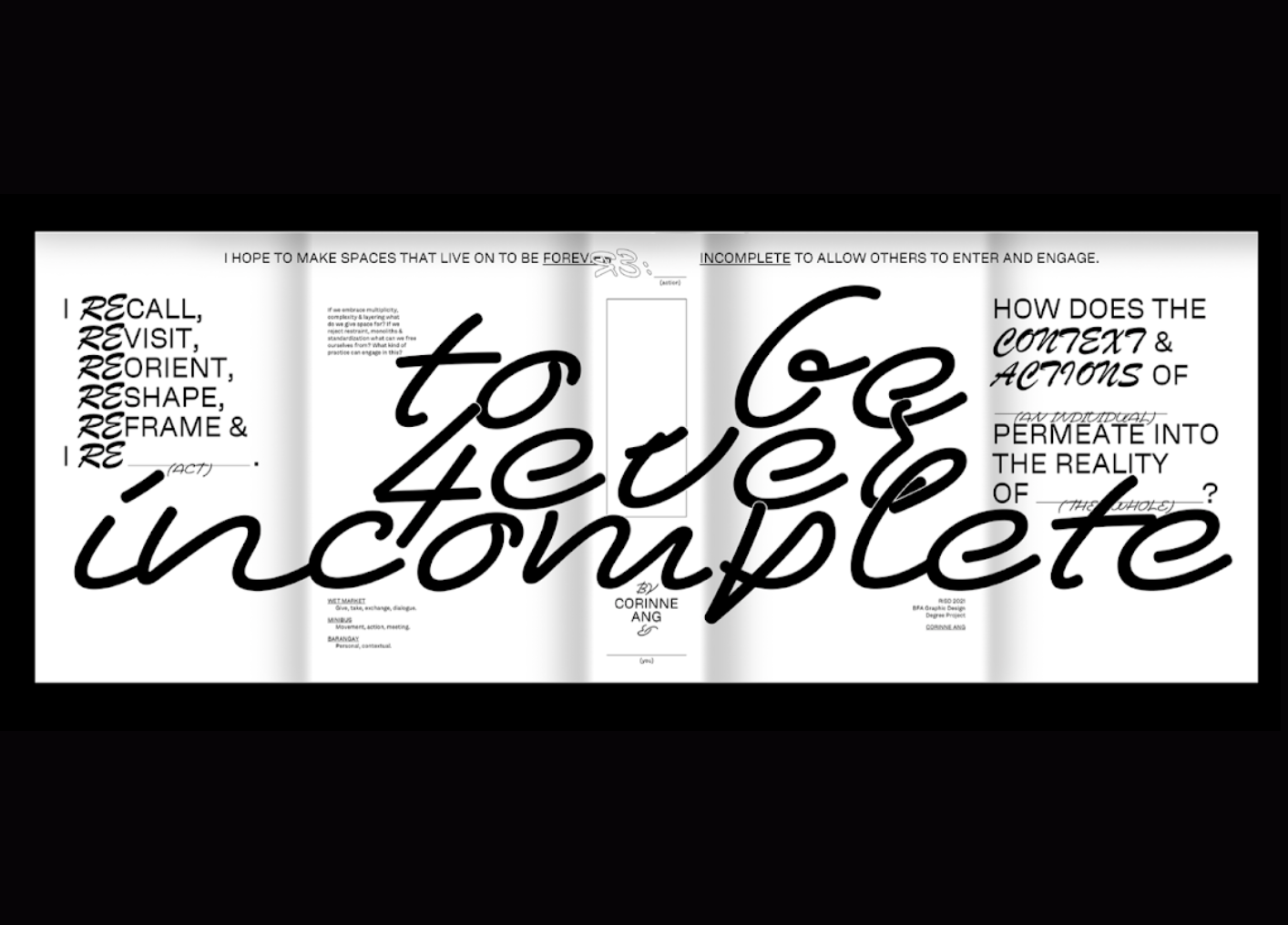
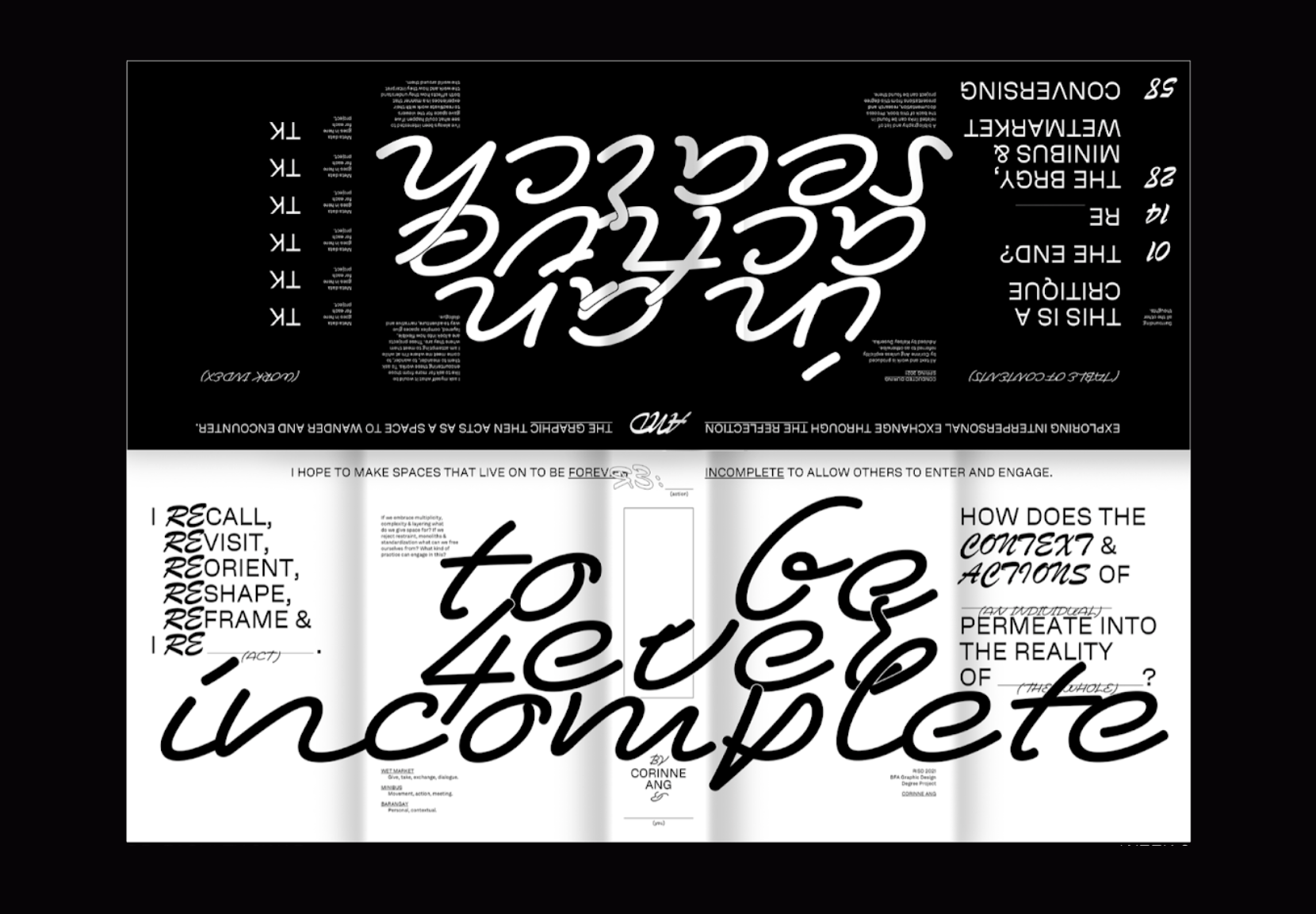
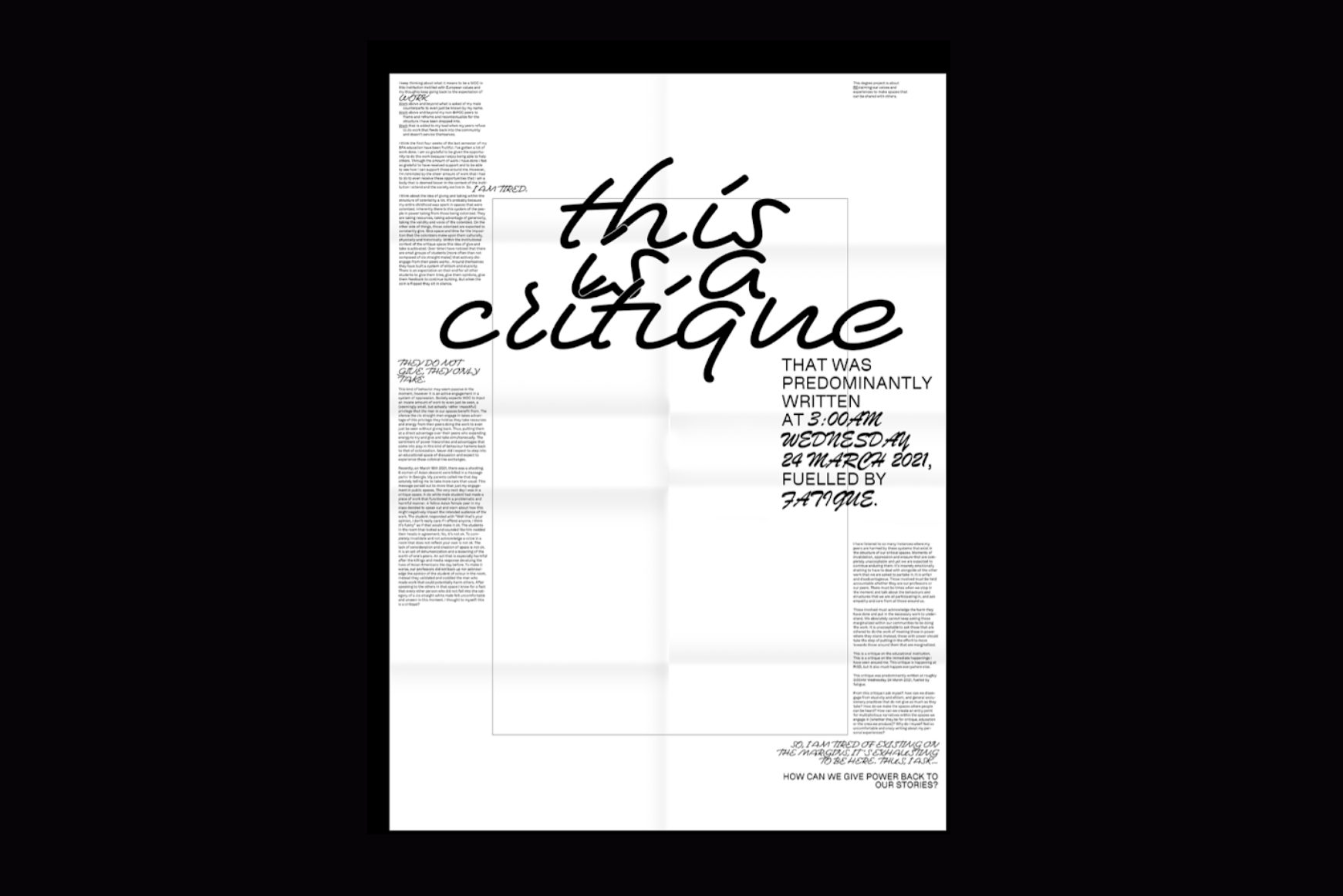
-
8: CONVERSATION W. SHIRAZ GALLABPART OF (WORK)BOOK
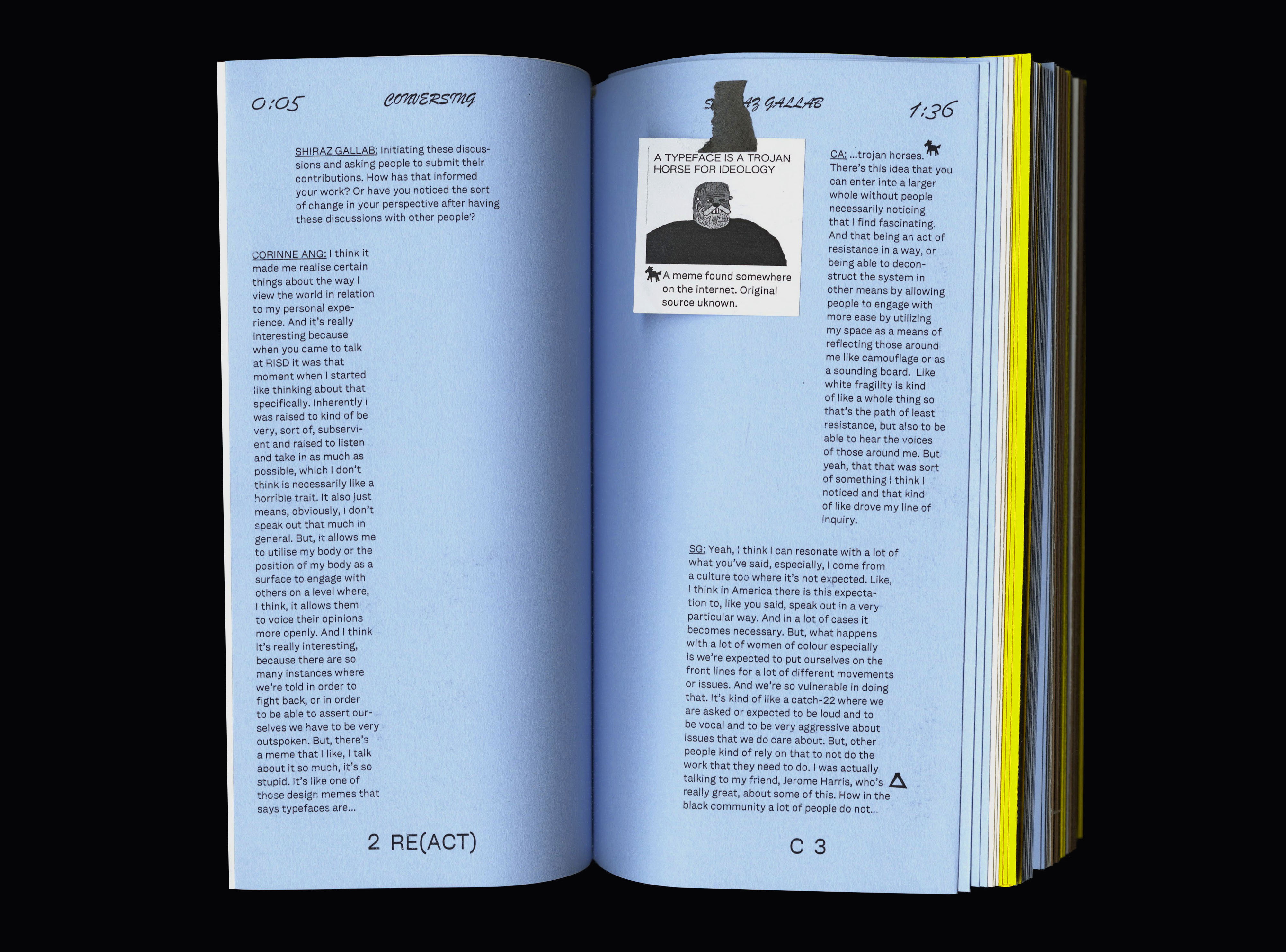
-
9: CONVERSATION W. KRISTIAN HENSONPART OF (WORK)BOOK
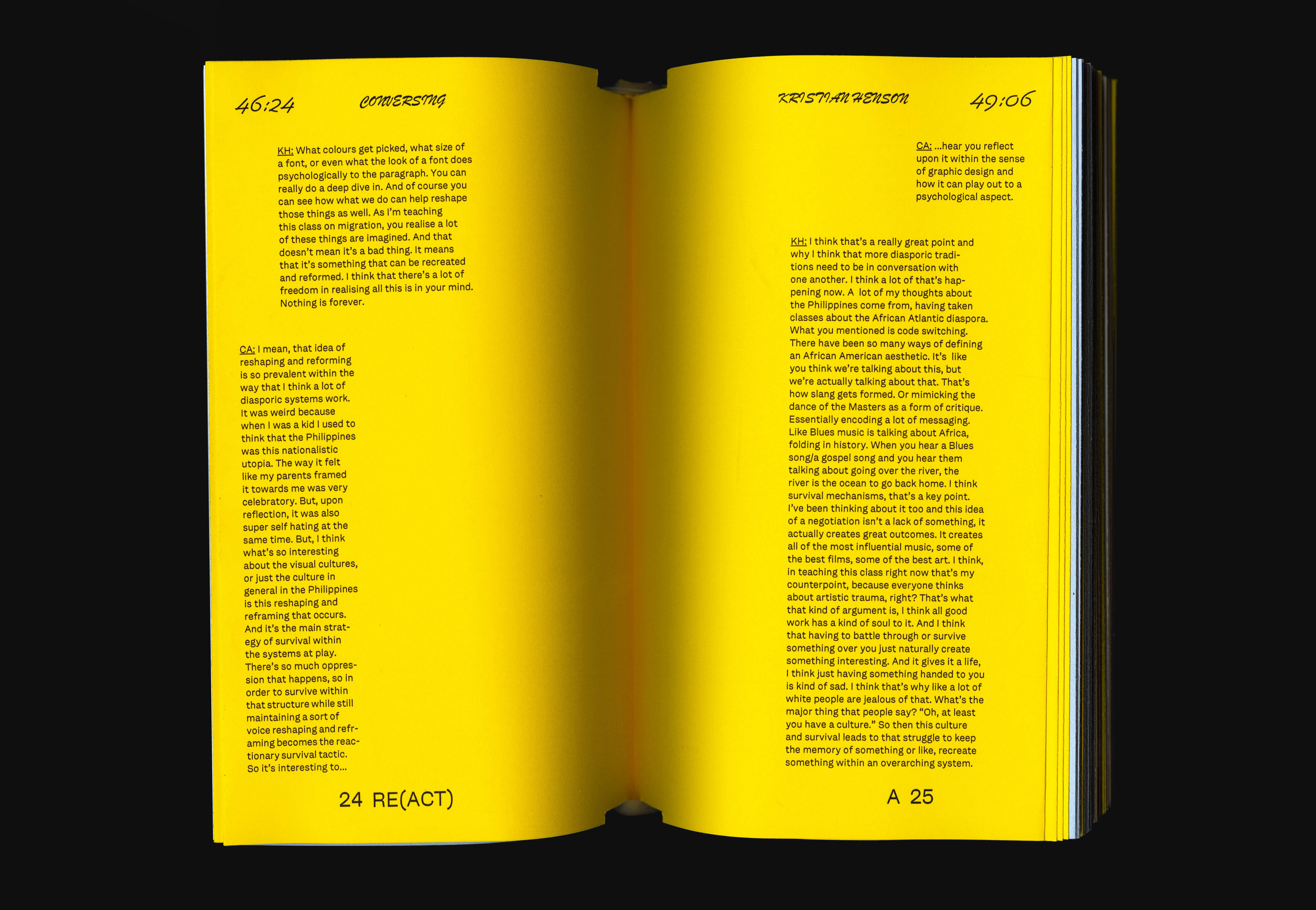
-
10: THE PROCESSING UNITDIAGRAM

-
11/12: BARANGAYTYPEFACES, INSTALLATION & WRITING
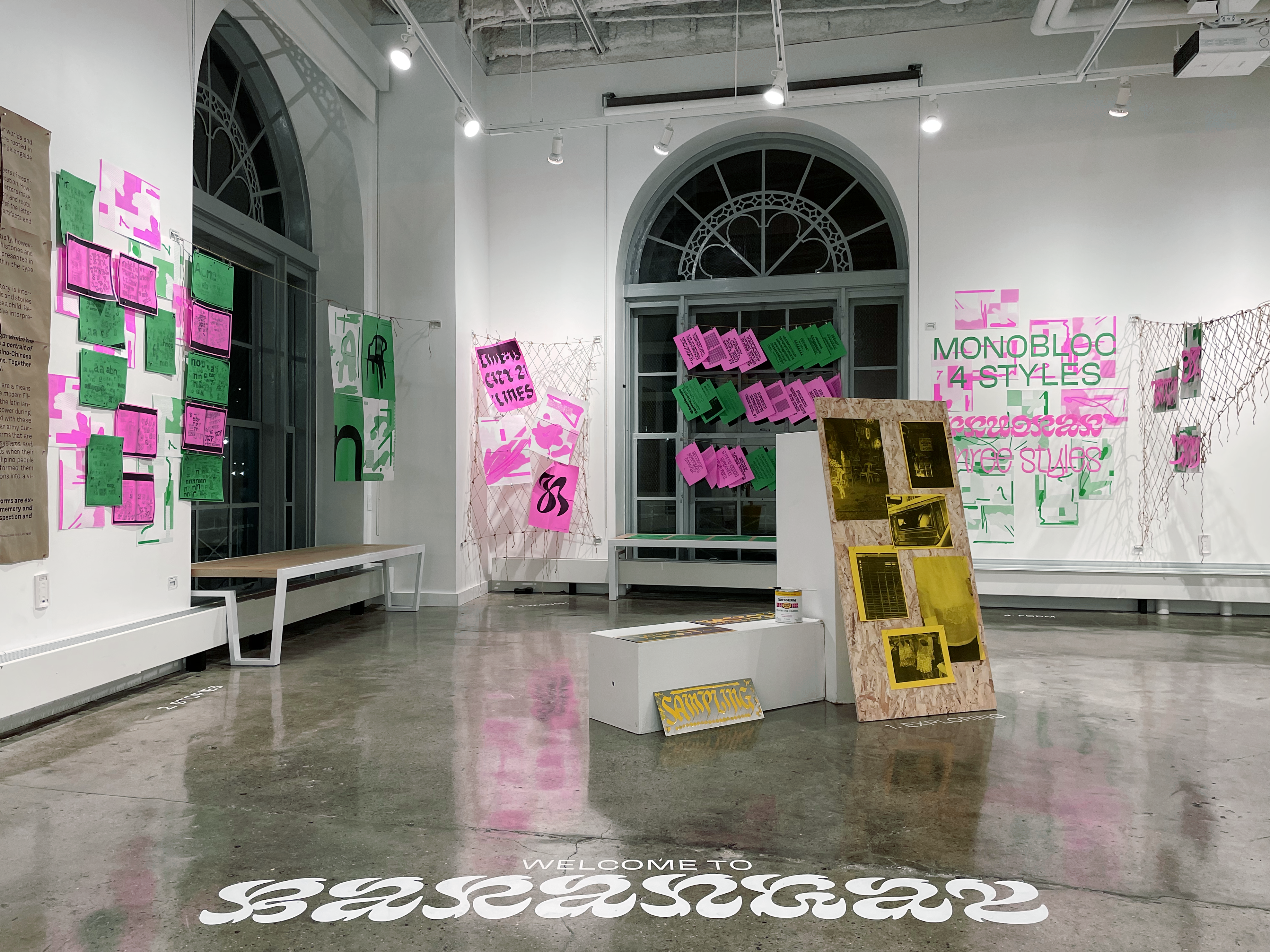

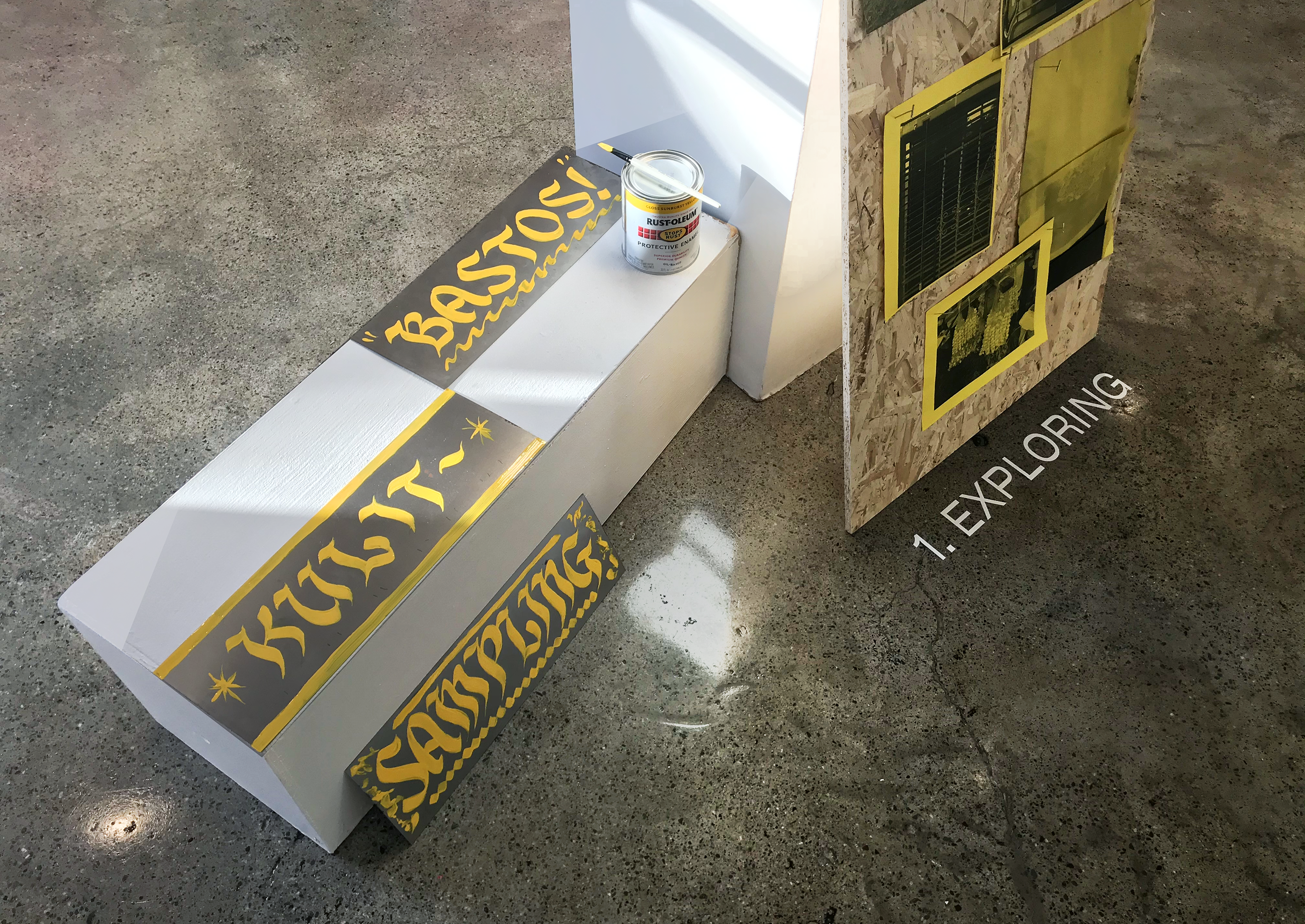
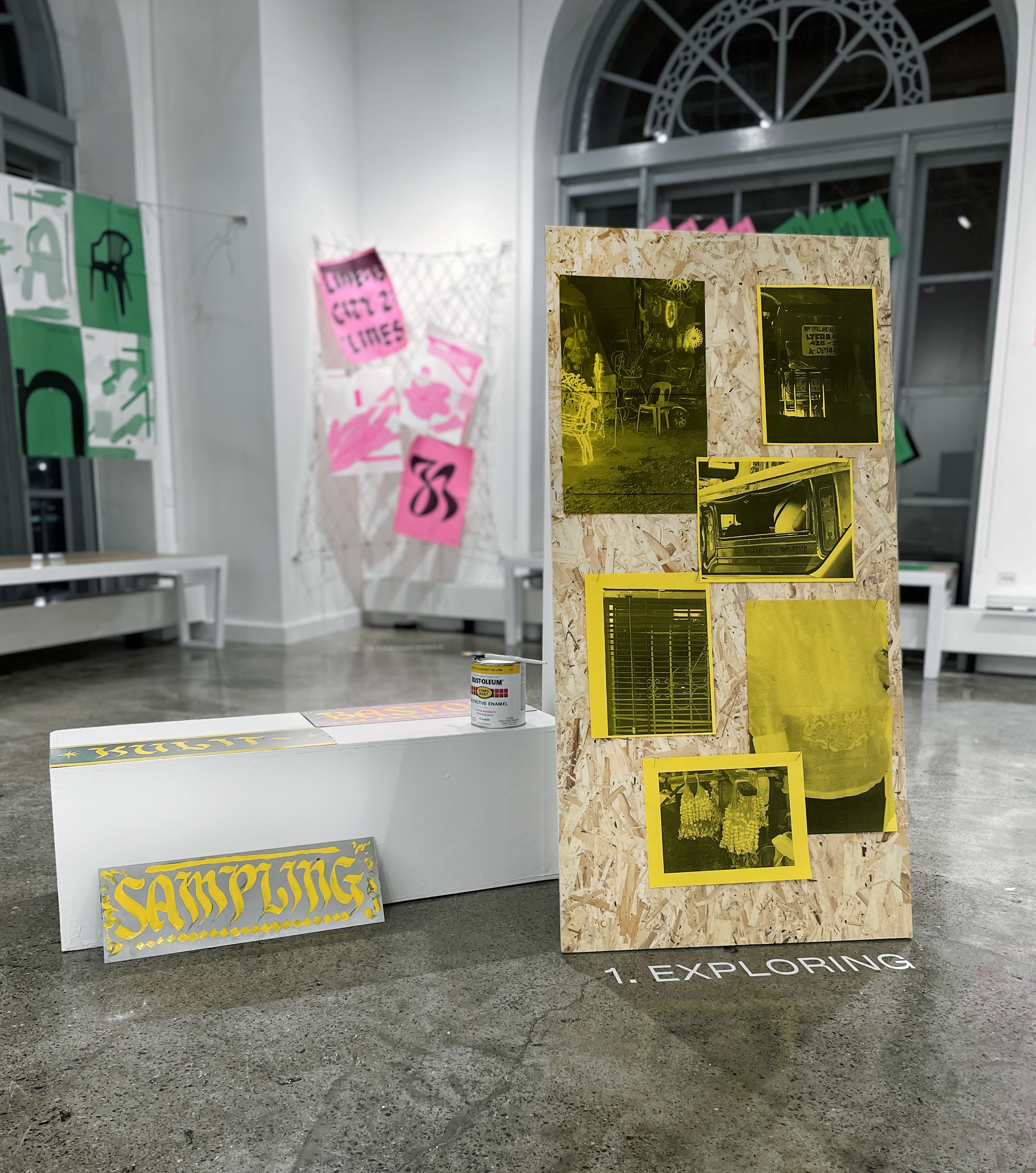
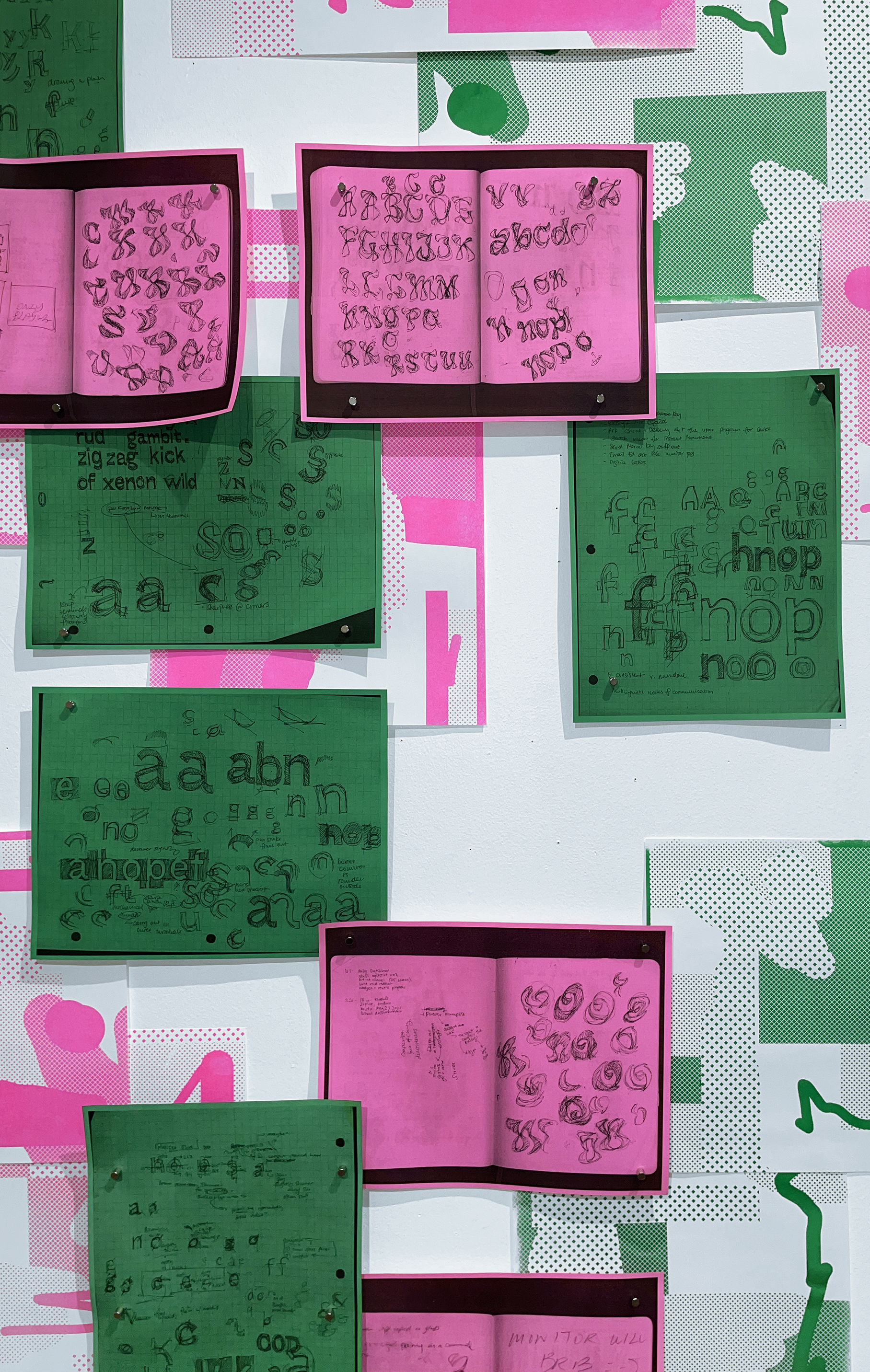
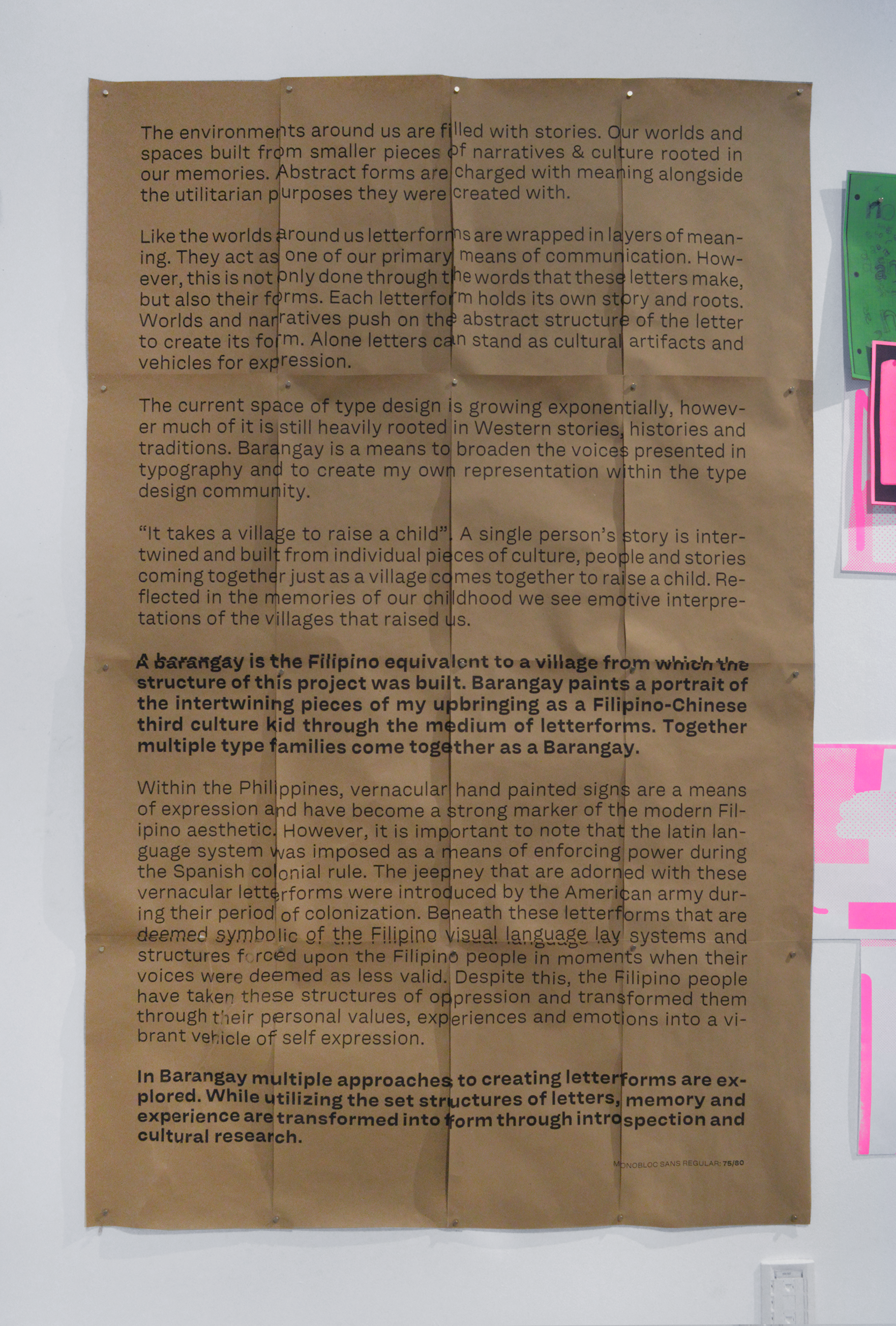
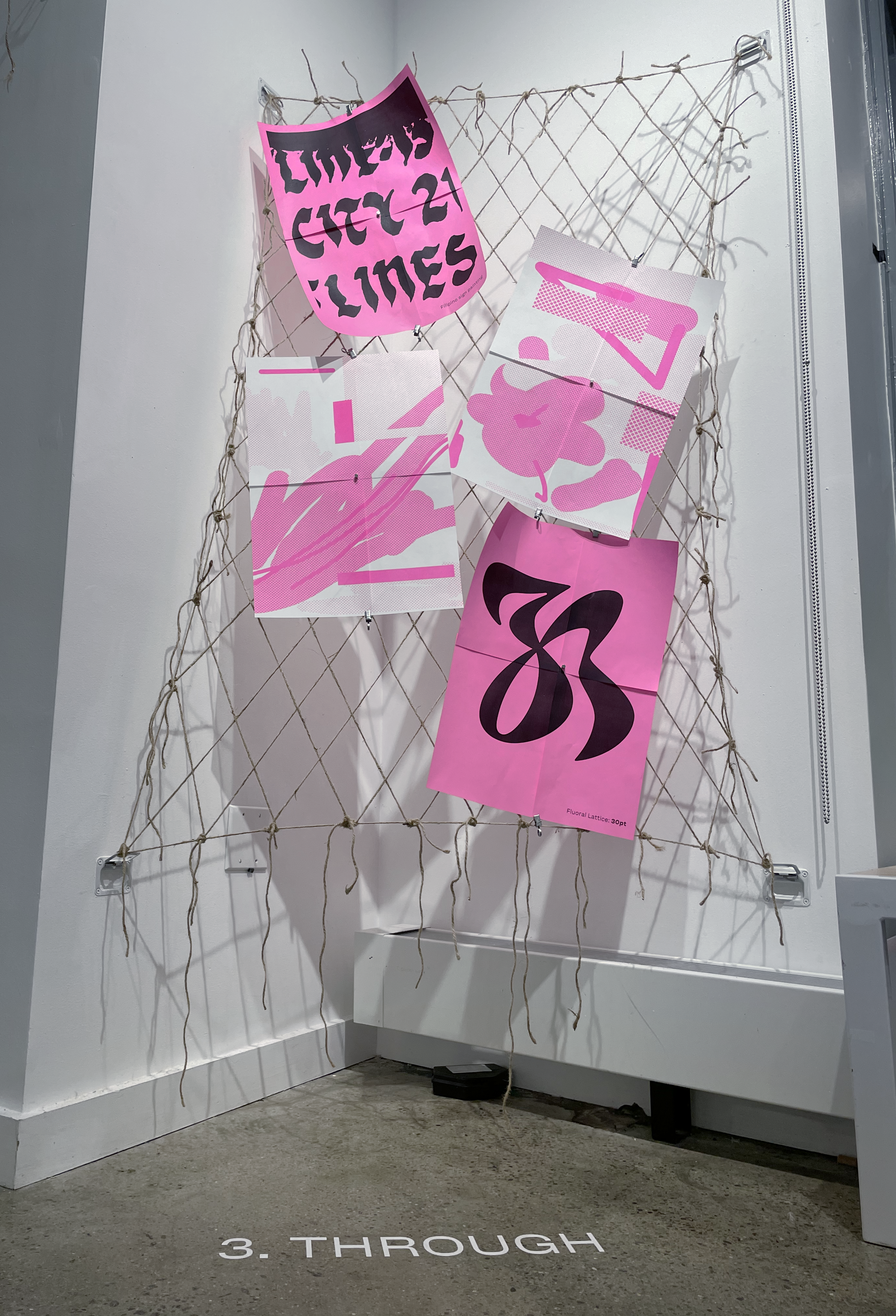
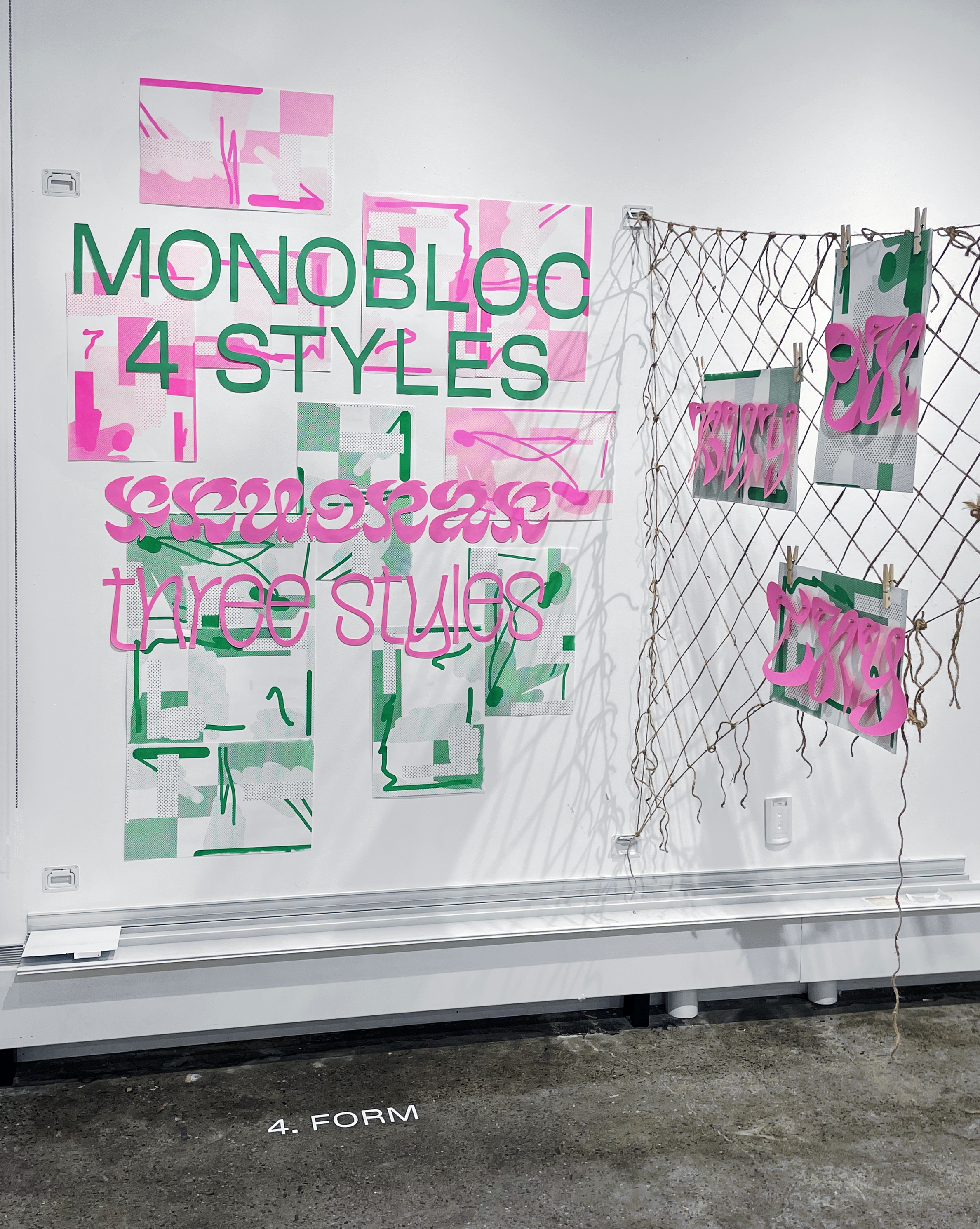
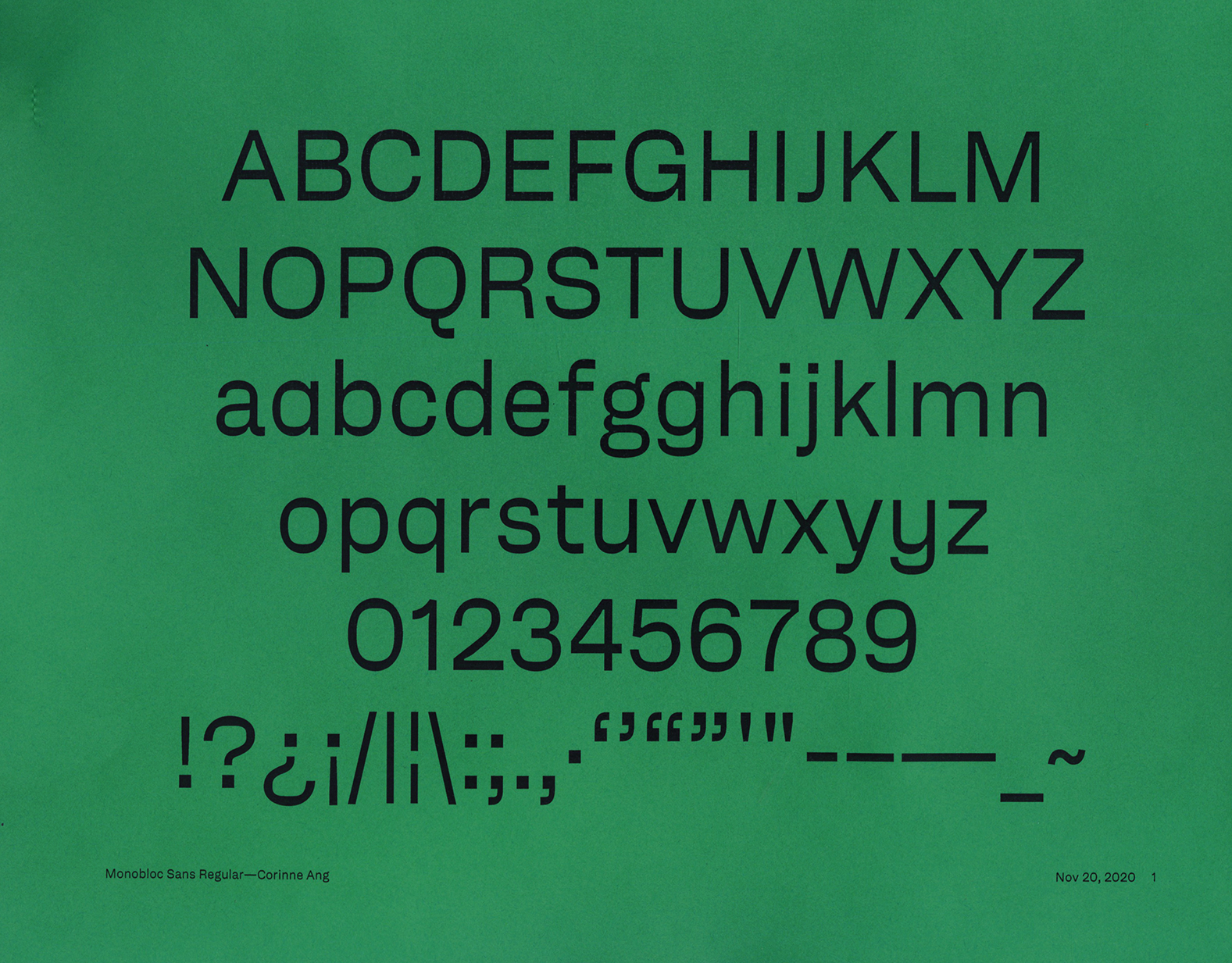
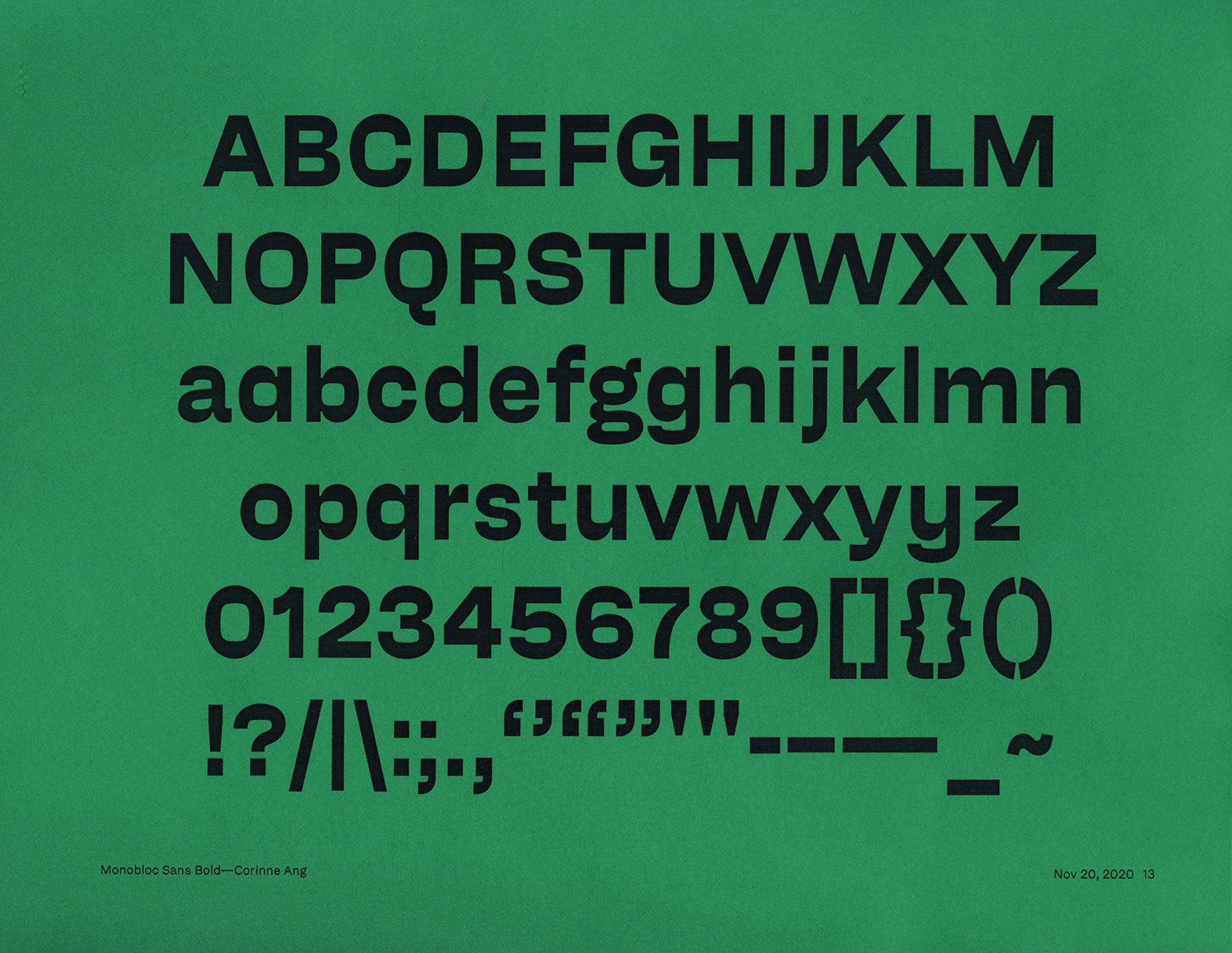

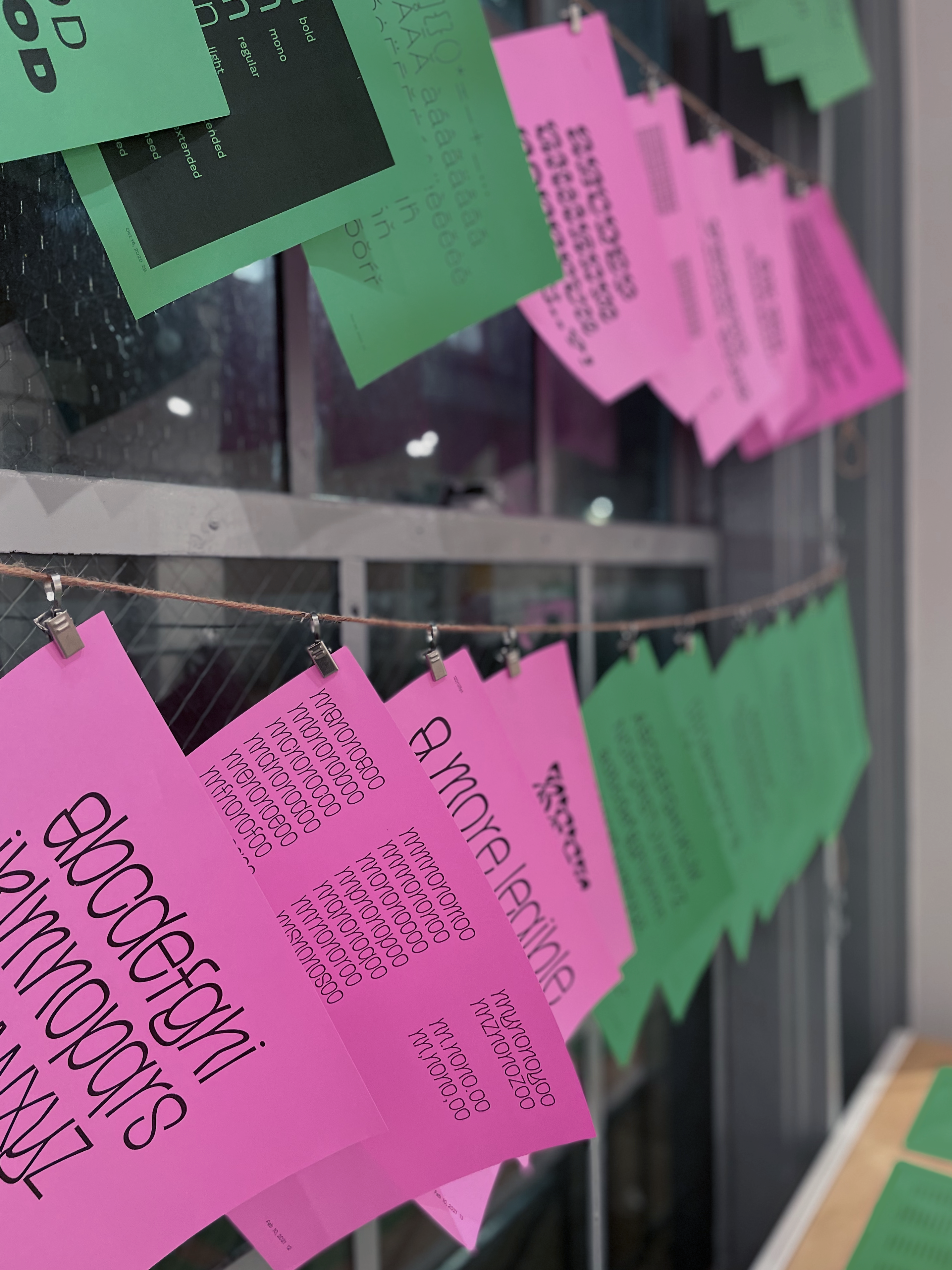

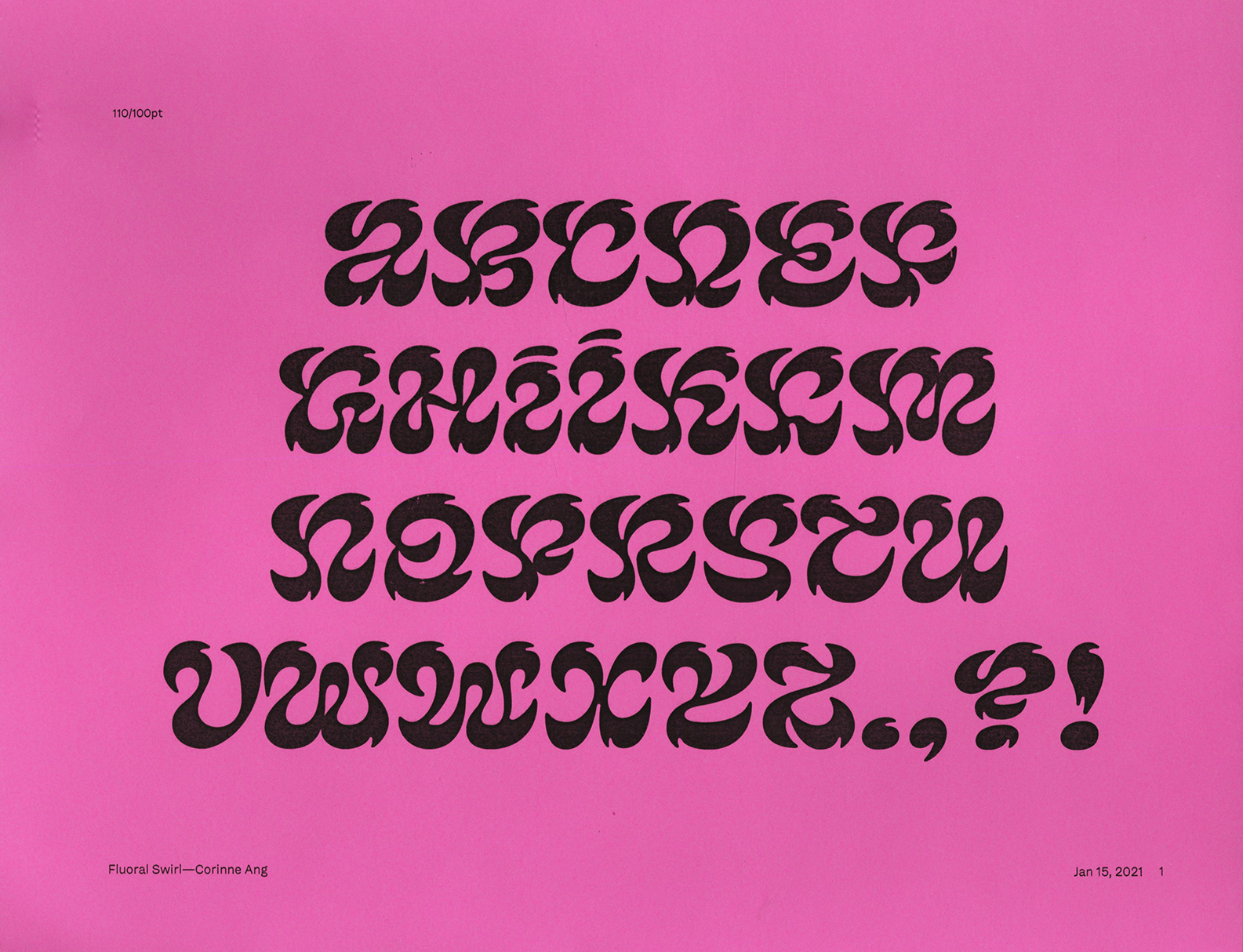

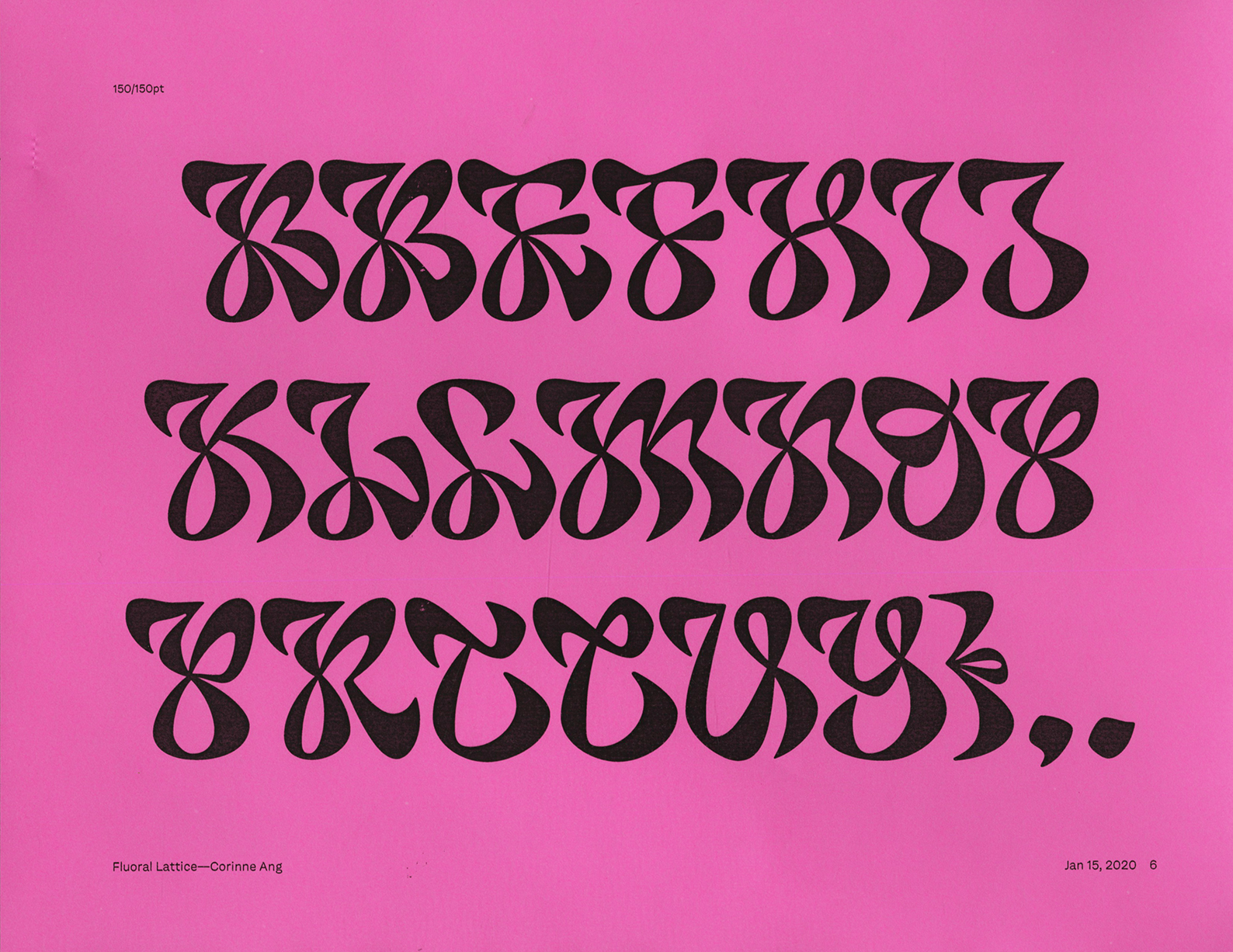
-
13: CONVERSATION W. JAMES EDMONDSONPART OF (WORK)BOOK

-
14/15: I LOOK OUT A WINDOW & I DREAMTYPEFACE & STENCILS
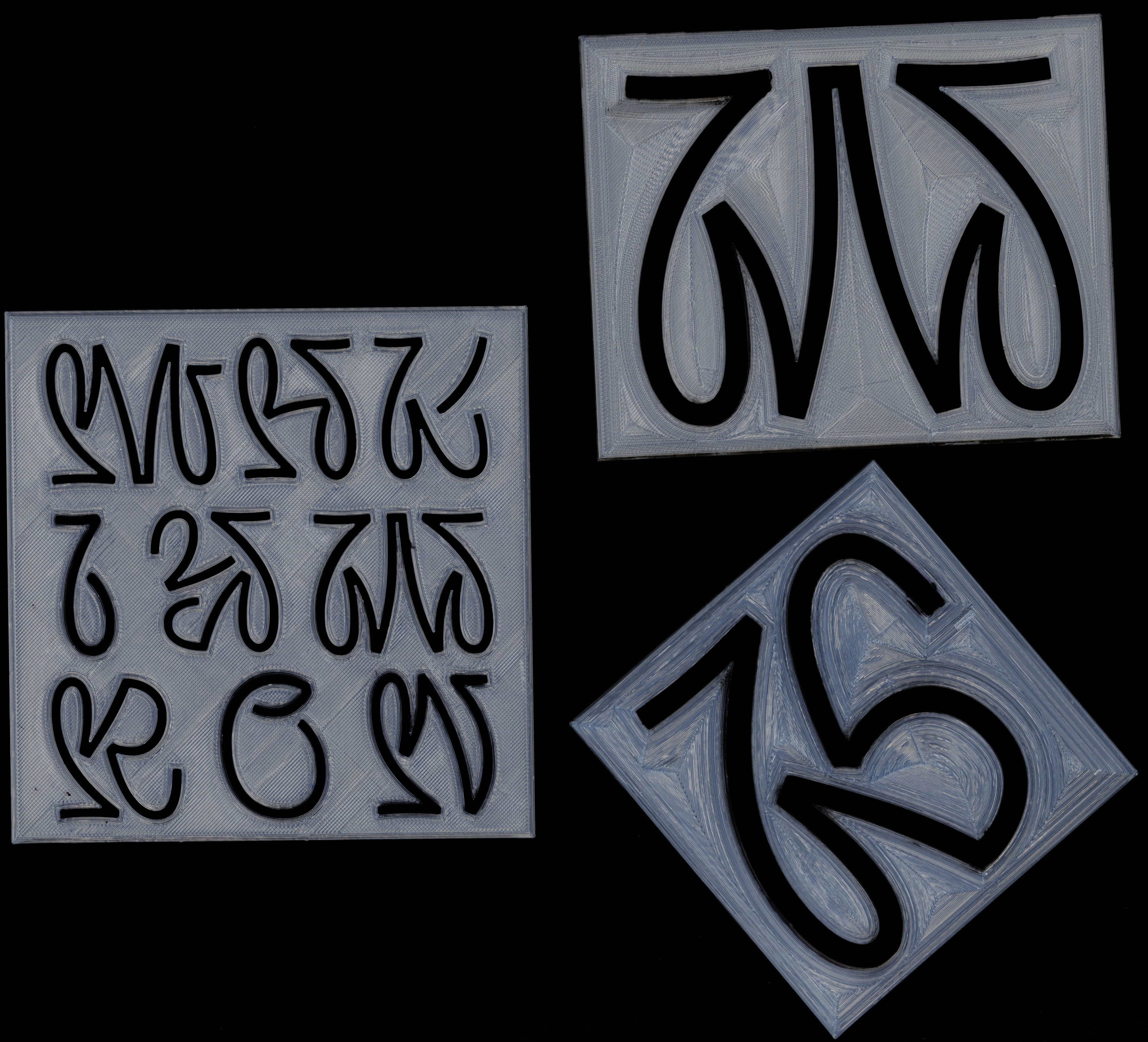
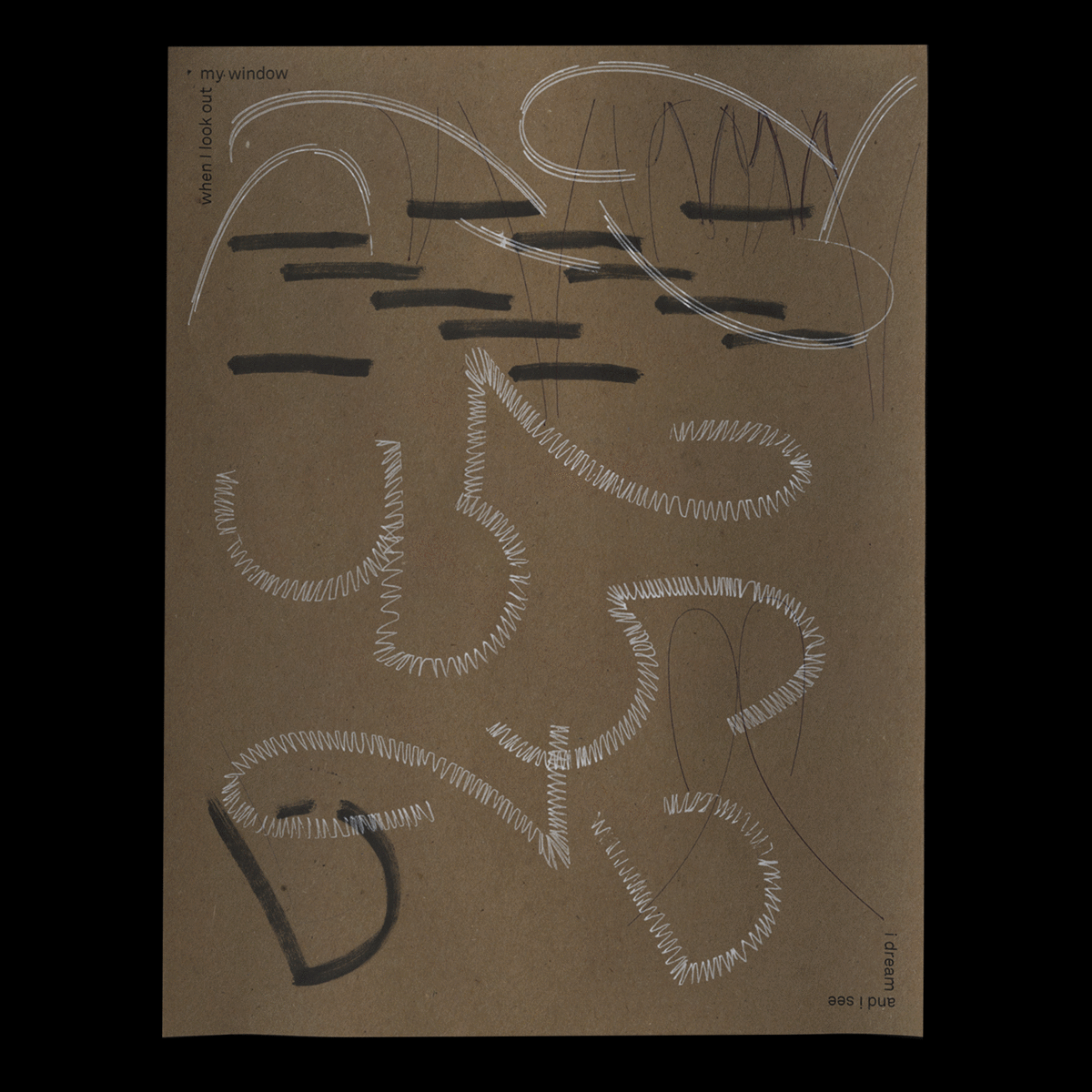
-
16/17: WINDERTYPEFACE & WEBSITE

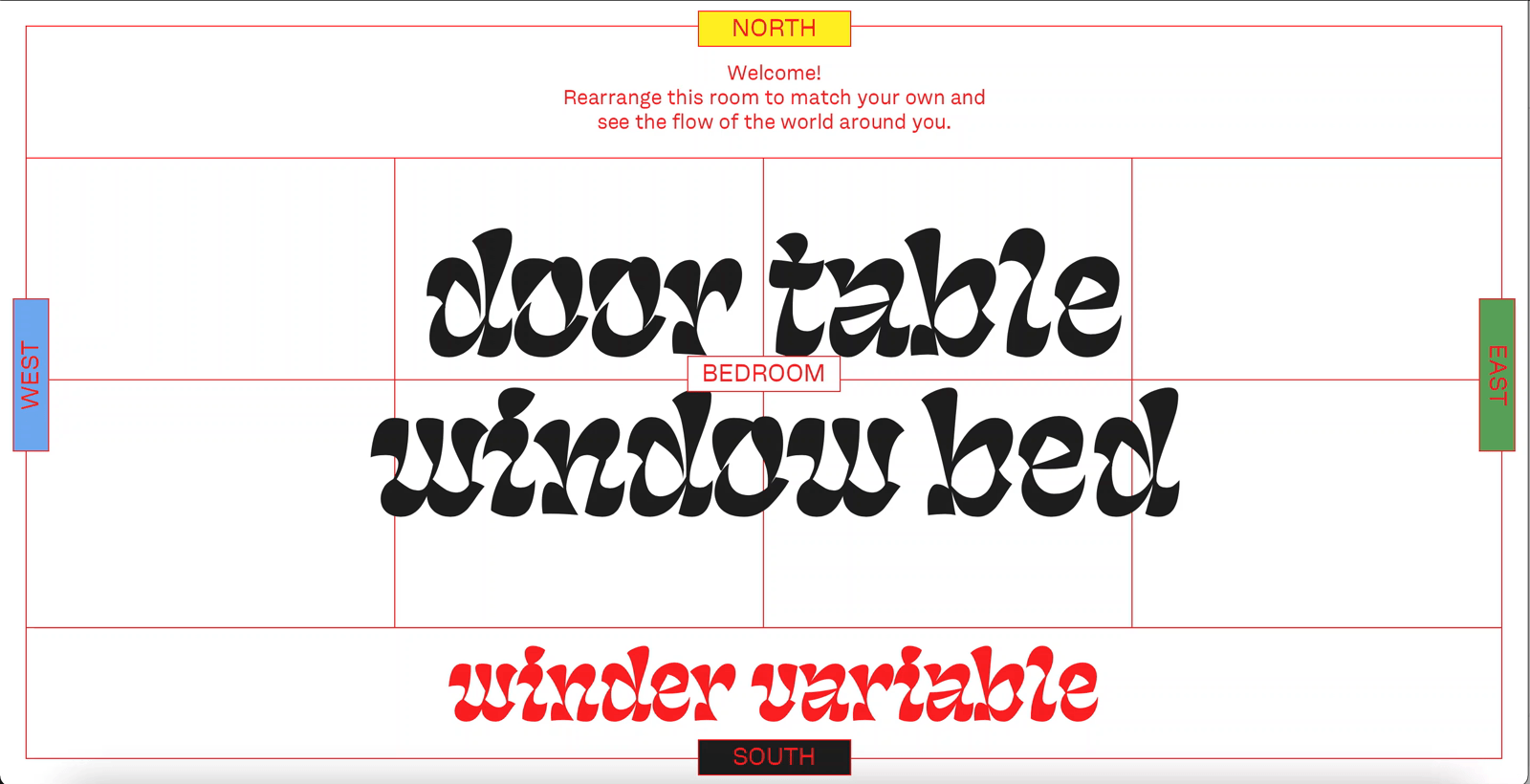
-
18: MIMICRY & MOCKERYRUG
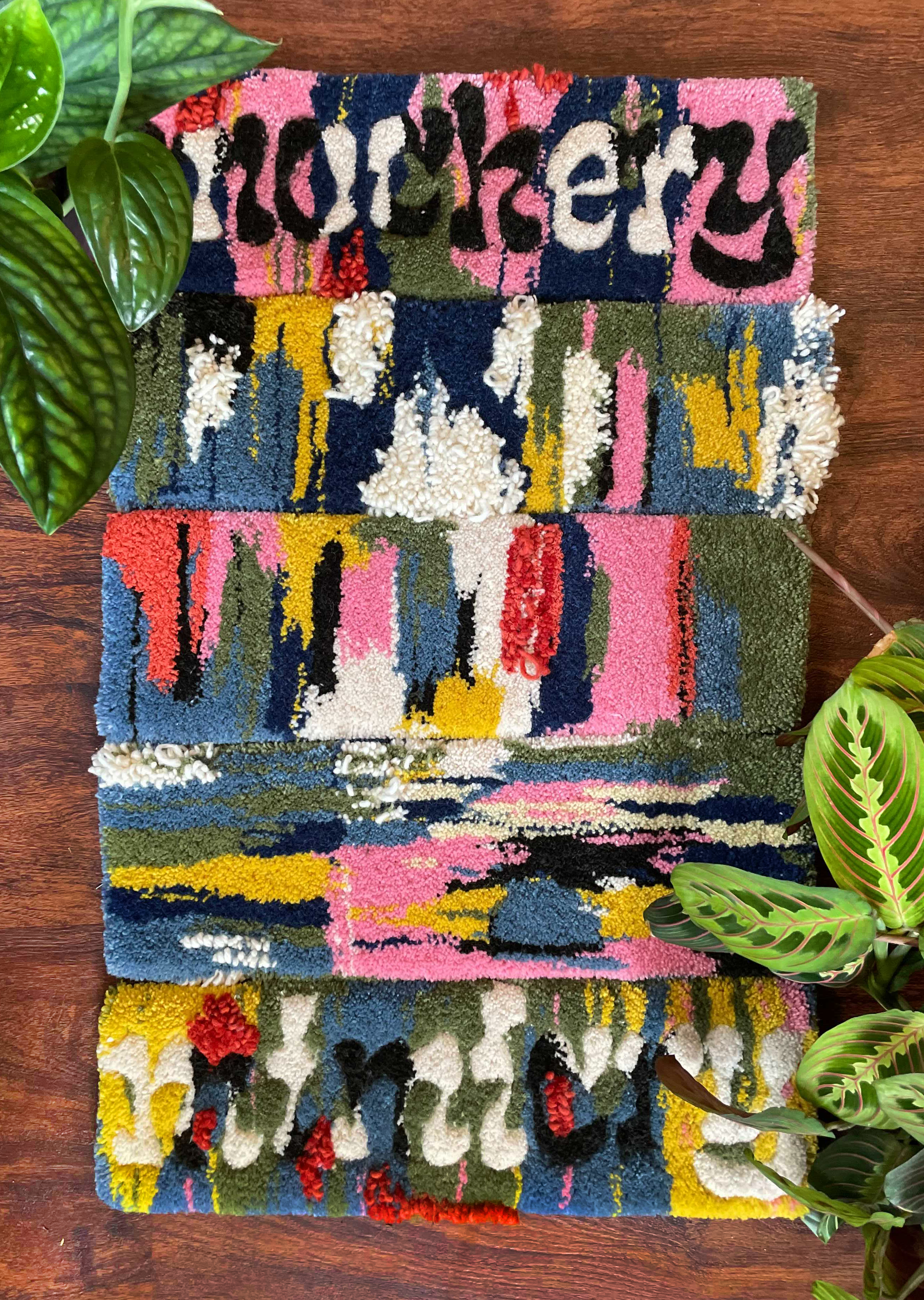

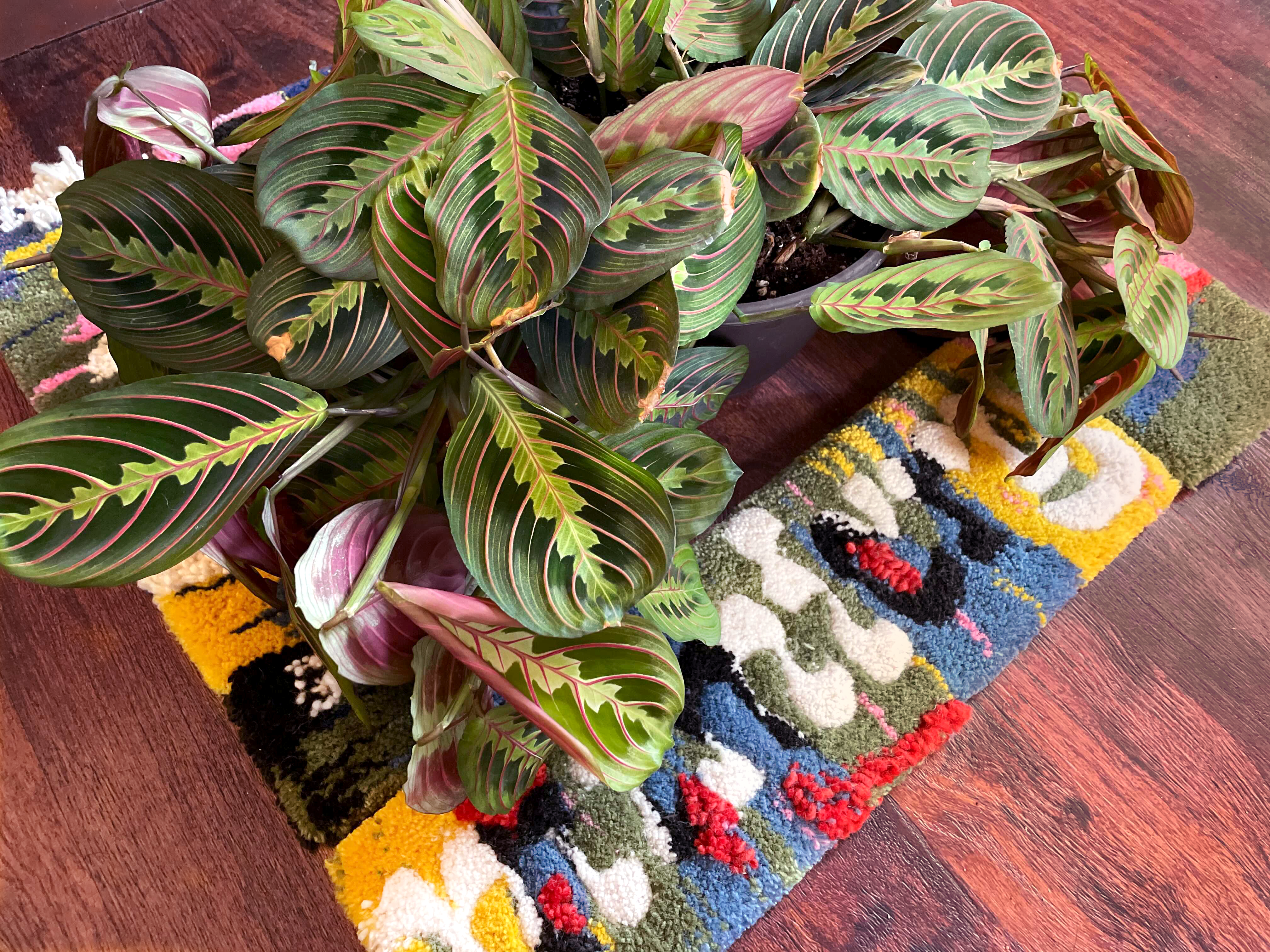
-
19: THE SMALLEST UNITCOLLABORATIVE PUBLISHING WEBSITE

-
20: STRUCTURES OF RELINQUISHING CONTROLDIAGRAM

-
21/22: RE(ACT)(WORK)BOOK




-
23/24: THIS IS A CRITIQUEINSTALLATION, WEBSITE & ZINE
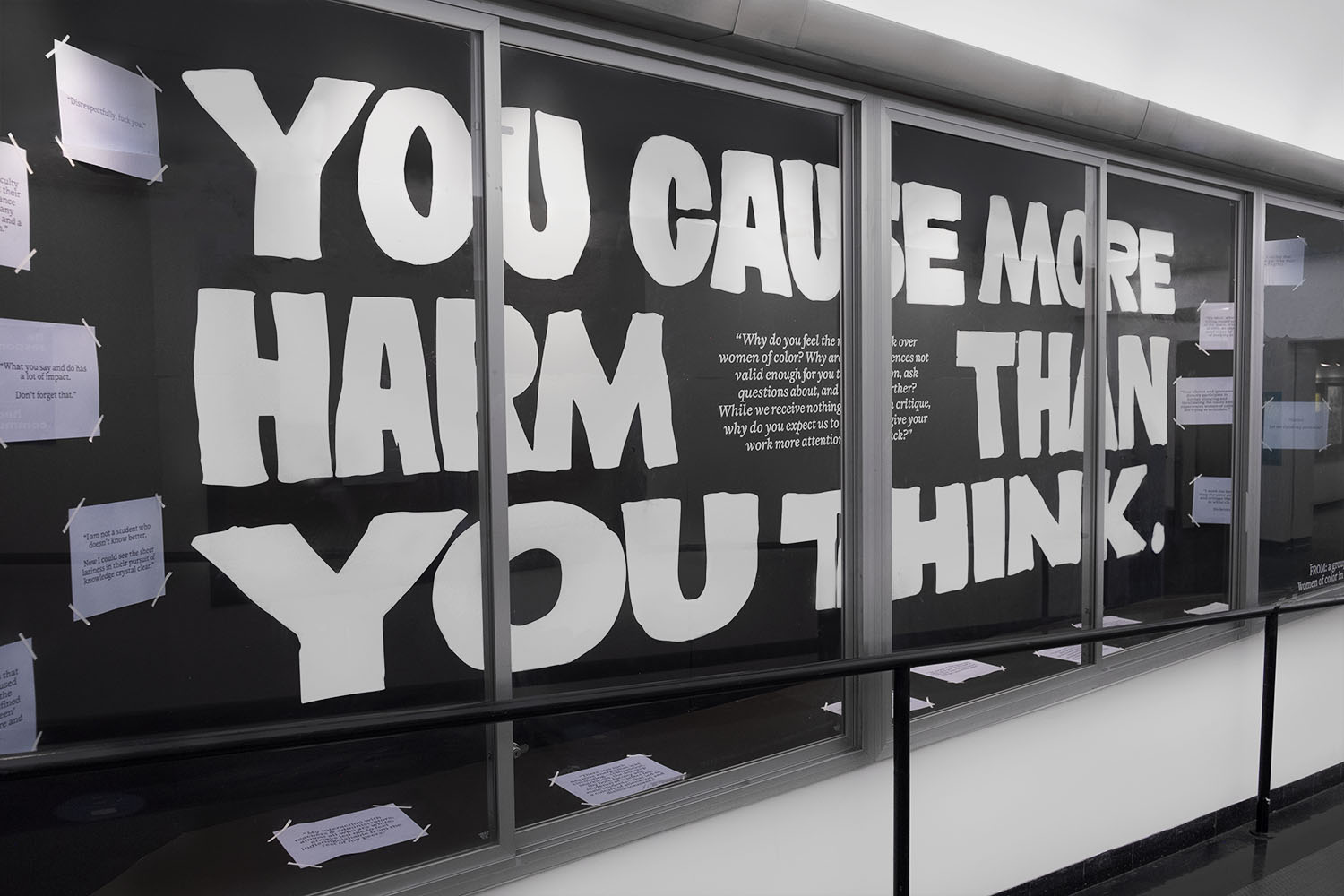
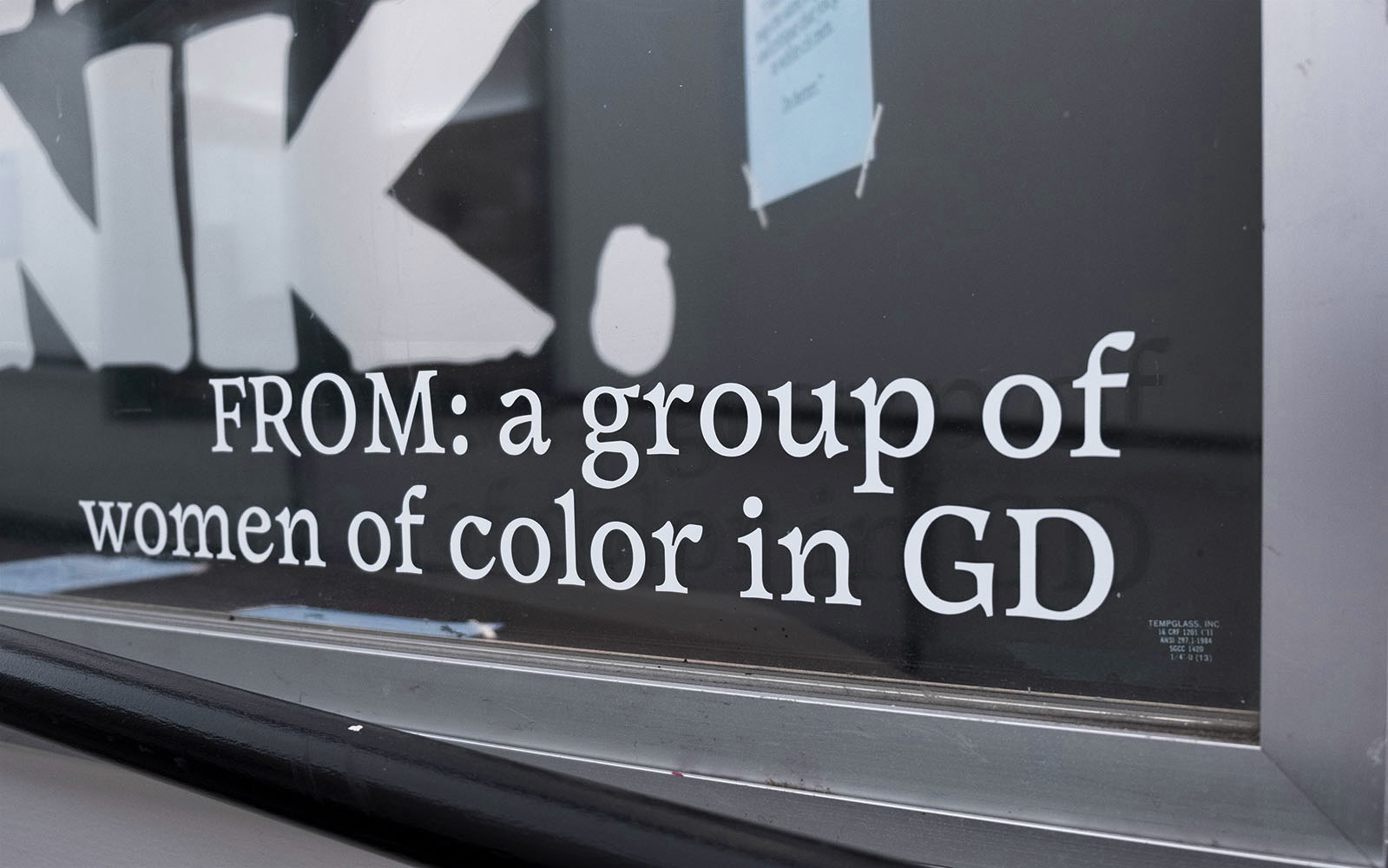
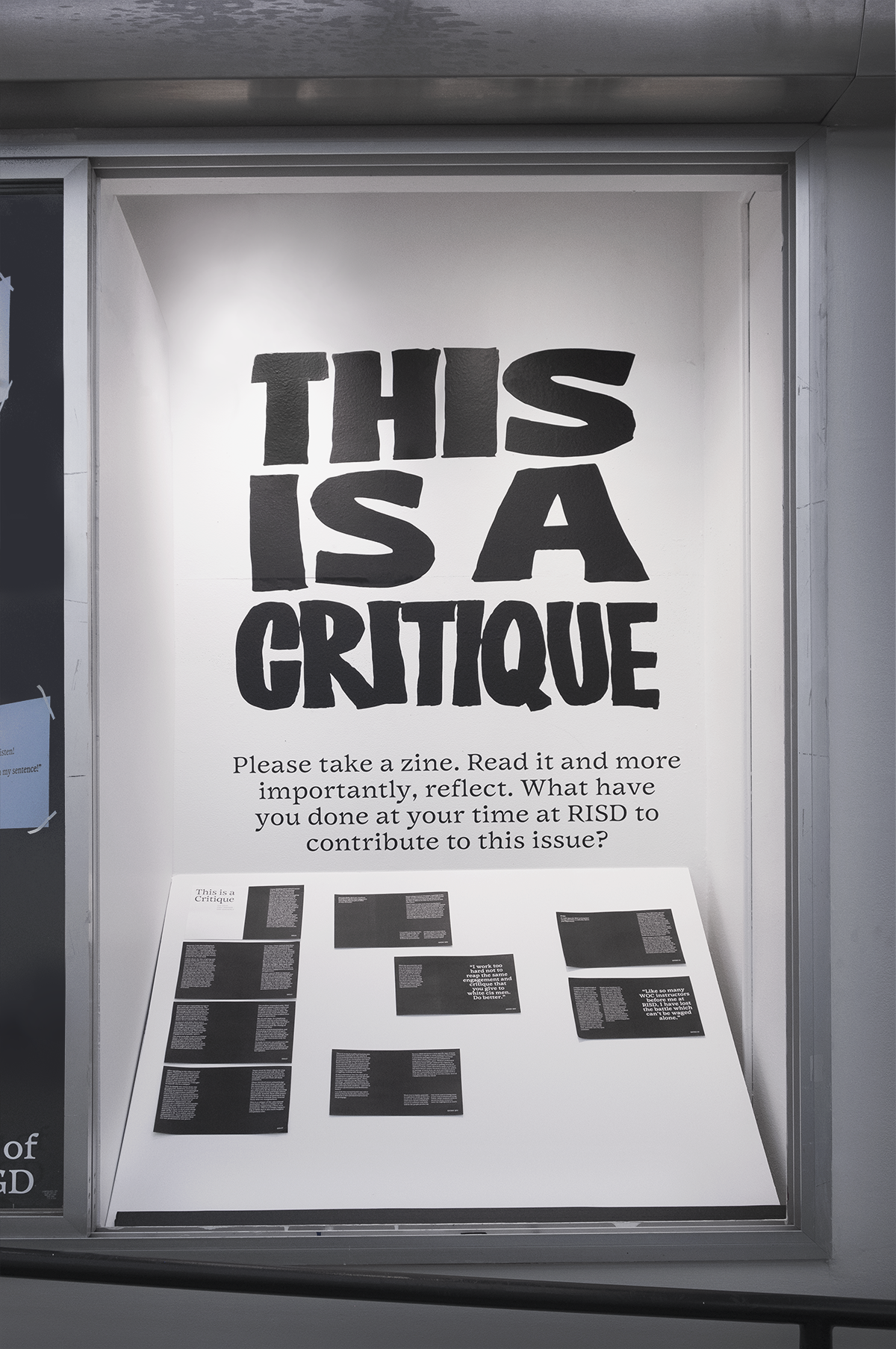
-
25: RE(ACT)WEBSITE & PRESENTATION
You are here right now.
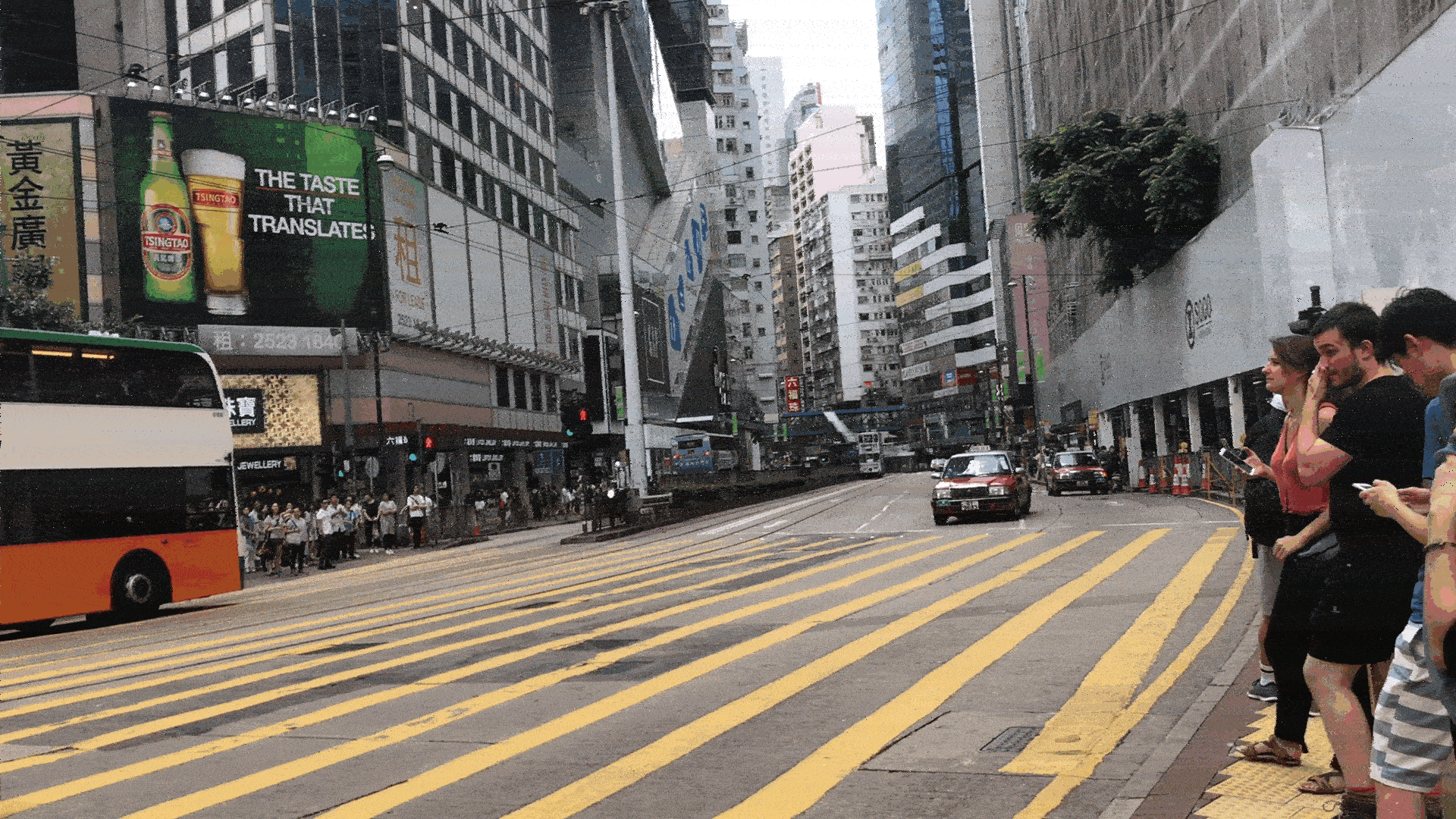 From my camera roll. 2017.
From my camera roll. 2017.
 From my camera roll. 2018.
From my camera roll. 2018.
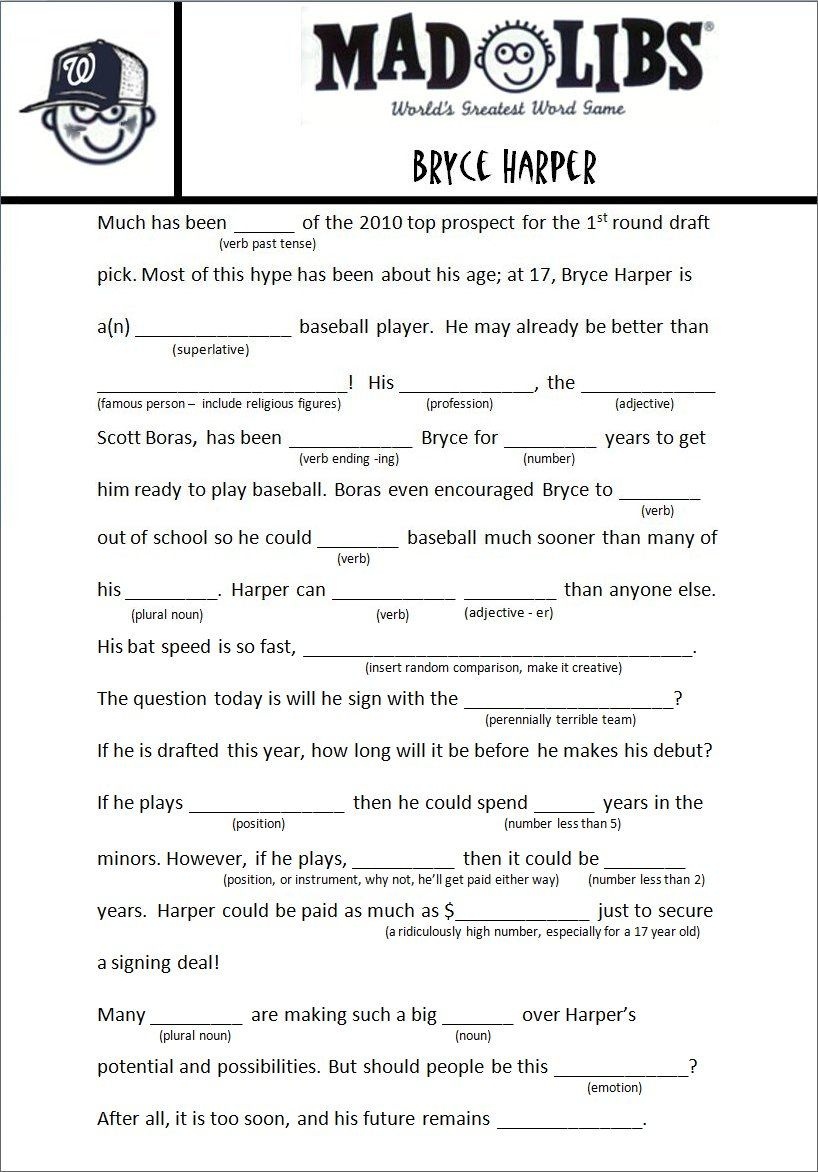 Example of a Mad Libs page.
Example of a Mad Libs page.
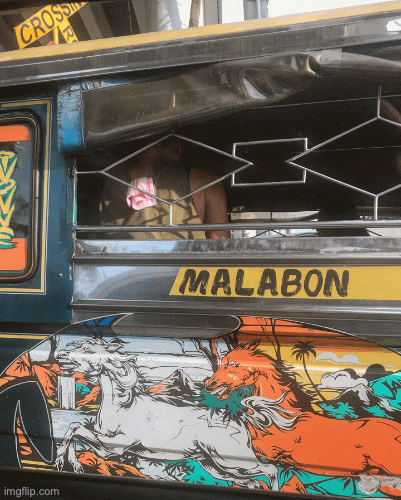 Images from my camera roll that are within the collection. 2018.
Images from my camera roll that are within the collection. 2018.
 One of many studies.
One of many studies.
 Images from my camera roll.
Images from my camera roll.
 Image from my camera roll. 2019.
Image from my camera roll. 2019.
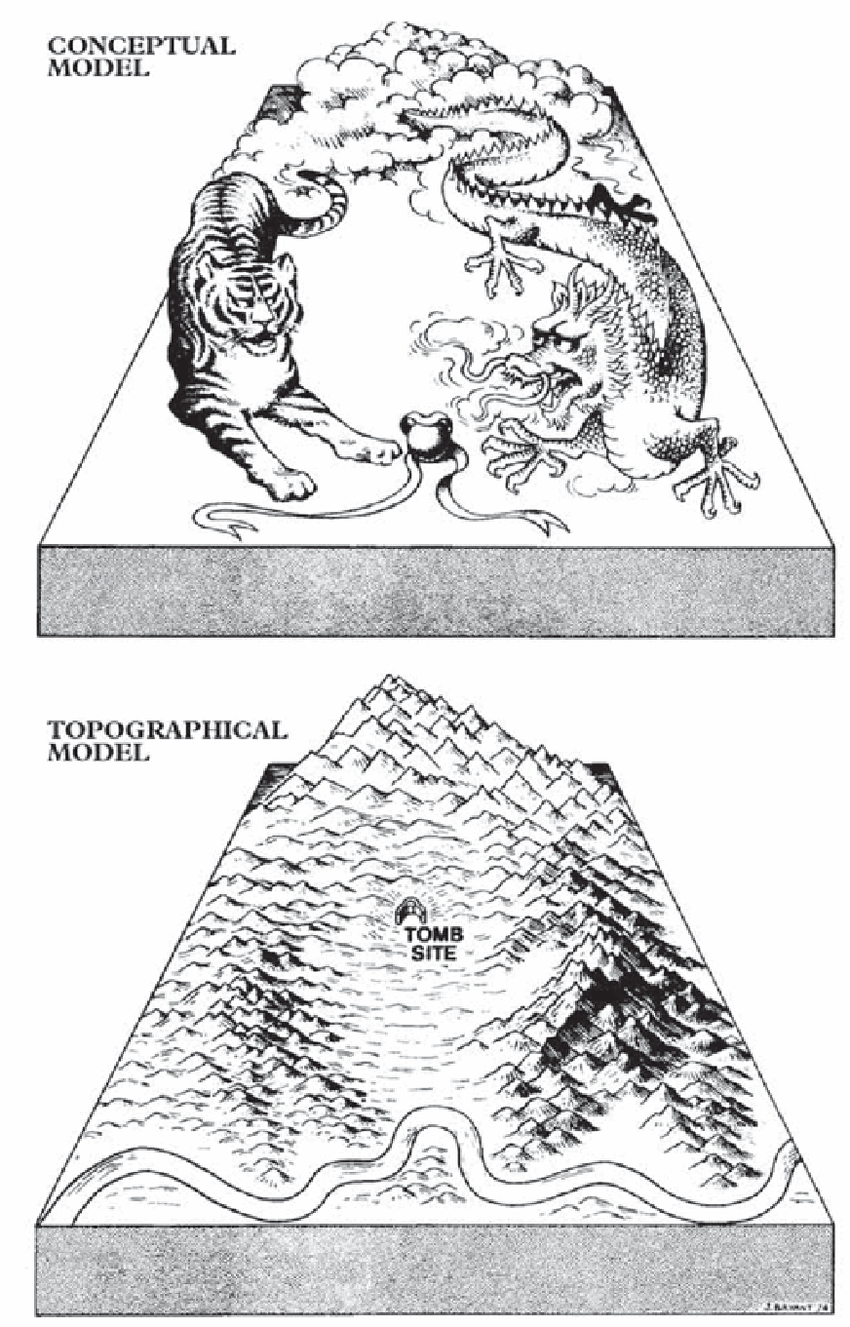 An ideal conceptual and topographic landscape of feng shui in Feng Shui: The Living Earth Manual by S Skinner. 2011.
An ideal conceptual and topographic landscape of feng shui in Feng Shui: The Living Earth Manual by S Skinner. 2011.
 “Colorful Chameleon” by San Diego Shooter is licensed under CC BY-NC-ND 2.0
“Colorful Chameleon” by San Diego Shooter is licensed under CC BY-NC-ND 2.0
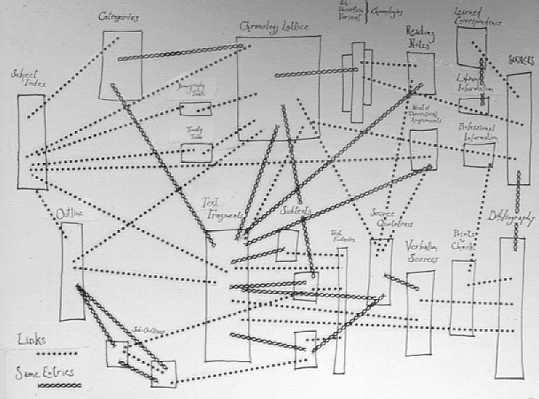 Sketch for hypertext by Nelson, 1965.
Sketch for hypertext by Nelson, 1965.


